Bhutan is truly one of the last enchanting Buddhist kingdoms in the Himalayas, celebrated for its vibrant culture and profound spiritual traditions. With a population essentially embracing Vajrayana Buddhism, the Bhutanese way of life is wonderfully infused with meaningful rituals, lively festivals, and values that foster harmony and happiness.
The country has lovingly maintained its rich Buddhist heritage through breathtaking monasteries, dzongs (fortresses), and sacred sites that beautifully showcase its spiritual essence. Iconic treasures like the Paro Taktsang, also known as Tiger’s Nest Monastery, not only highlight Bhutan’s deep religious commitment but also invite adventurers and peace-seekers alike.
What’s even more inspiring is Bhutan’s unique government philosophy centered around Gross National Happiness, which places the well-being of its citizens at the forefront while cherishing their culture, environment, and spirituality. This dedication makes Bhutan a fascinating destination that provides a rare and heartwarming insight into the lifestyle and beliefs of its people. It’s truly a hidden gem of the Himalayas!
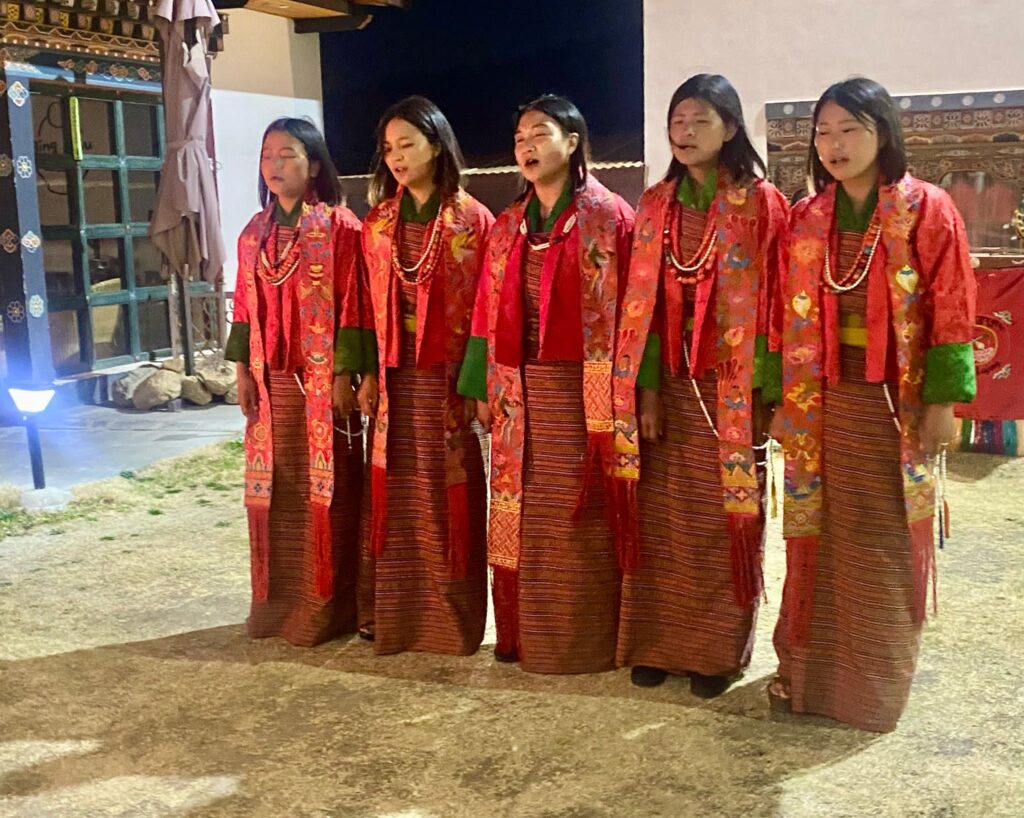
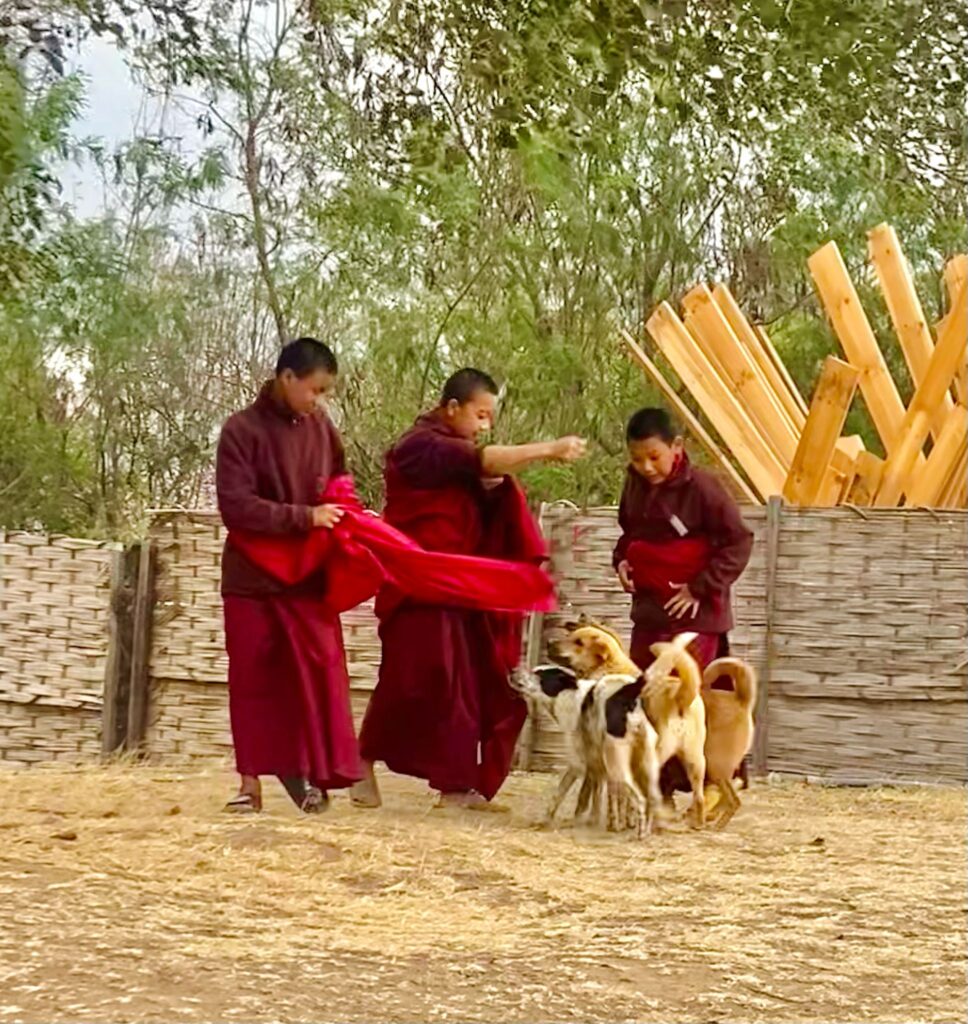
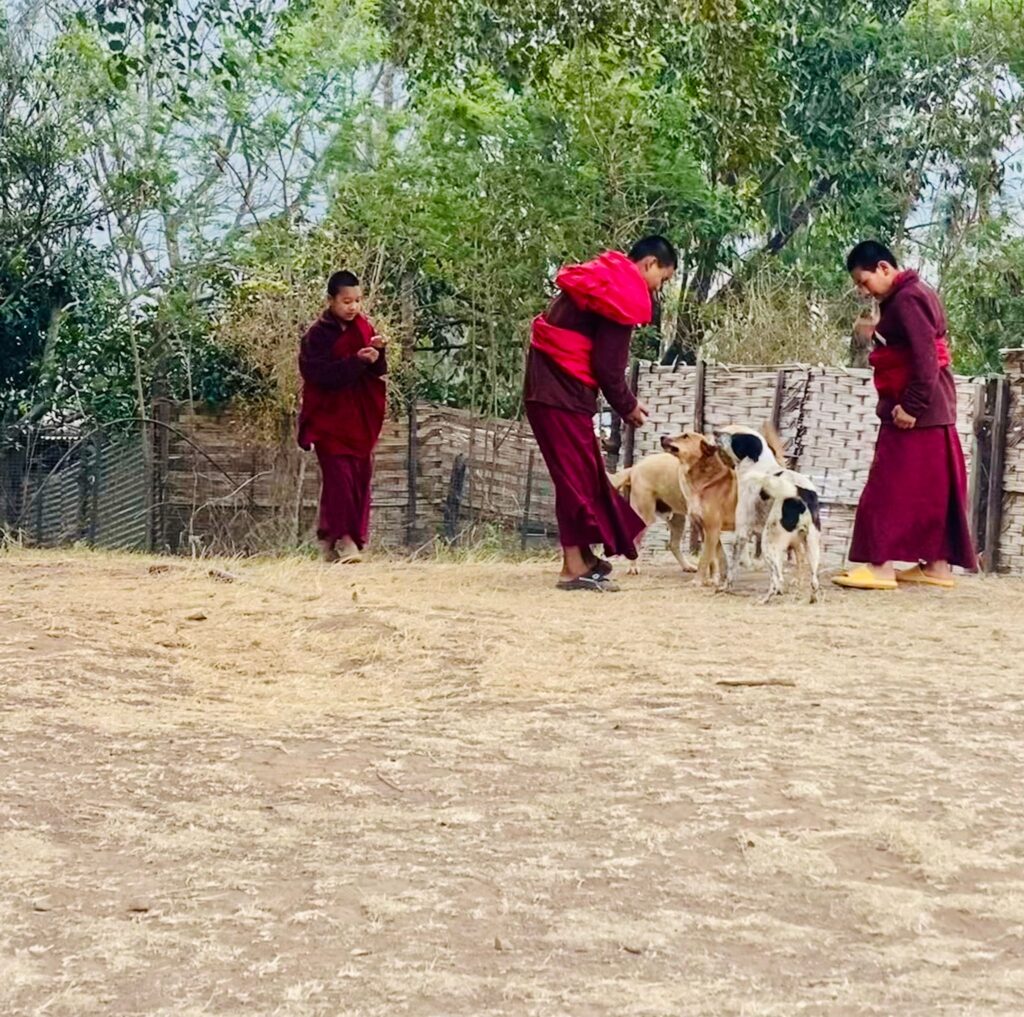
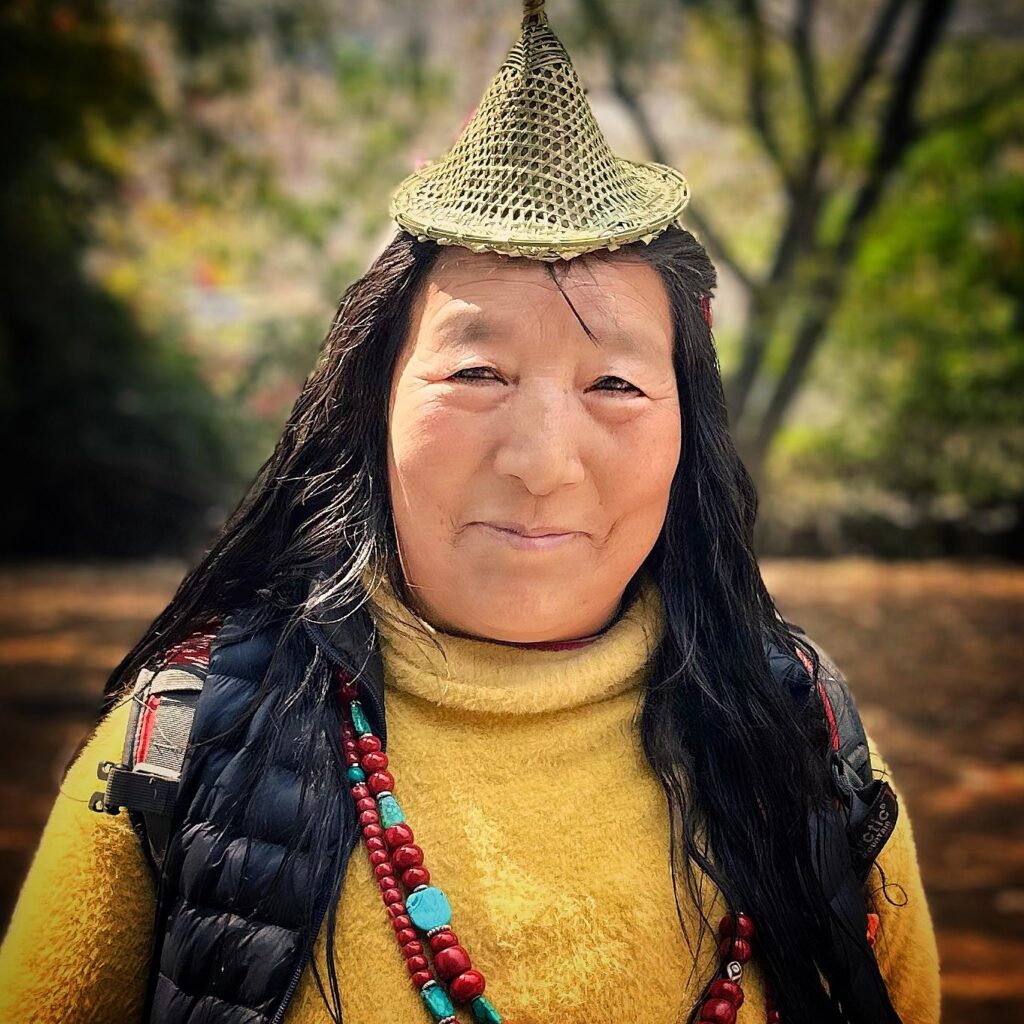
In March 2024, I had the privilege of visiting Bhutan for 10 days with Drishti Journeys, traveling from Paro to Haa Valley, Thimphu, and Punakha. Each destination offered a unique glimpse into the rich culture and deep spiritual traditions of this beautiful kingdom.
Our journey begins as we land in Paro International Airport. The Airport is situated at an elevation of about 2,200 meters (7,200 feet) and is renowned for its challenging approach, with pilots requiring special training to navigate the mountainous terrain. However, the Airport also features traditional Bhutanese architecture, enhancing the cultural experience from the moment we arrive.
We are glad that our trip from the Airport to our resort was not long.
That was a significant relief after sitting for almost 6 hours on the flight from Singapore to Bhutan. We spent a restful night at Hotel Olathang, Bhutan’s first hotel, which was established in 1974 for guests invited to the coronation of the 4th King of Bhutan, His Majesty Jigme Singye Wangchuck. The property, nestled amidst pine trees overlooking the beautiful and scenic Paro valley, offers fresh air and a fantastic panoramic view.
The next morning, we continued our trip, passing a scenic mountain pass – the Chele La Pass – with prayer flags fluttering in the wind, carrying blessings to the heavens. We then arrived in the Haa district. The district is often considered an off-the-beaten-path destination as it is one of the lesser-known but stunningly beautiful regions in Bhutan. Haa is situated at an elevation above 3,000 meters, which contributes to its generally cold temperatures, especially after sunset. The highlight of our visit to Haa was the hike to a cliff-side monastery and lunch at the traditional house. We had such a wonderful stay in Haa at the lovely Risum Resort!
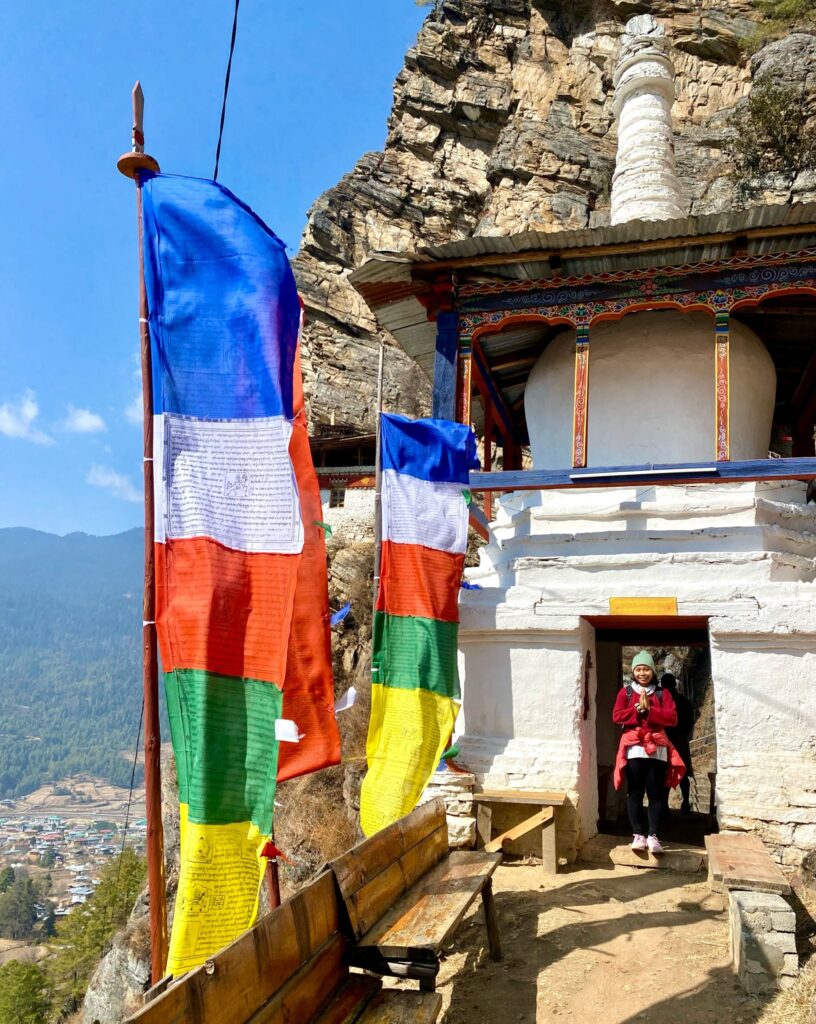
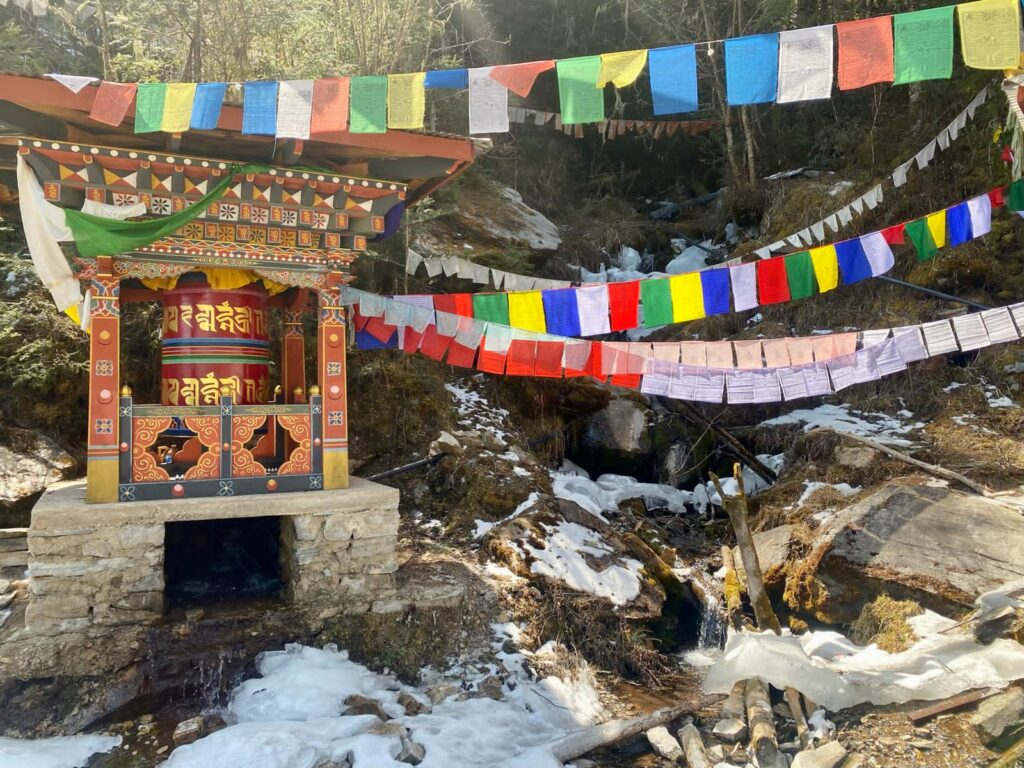
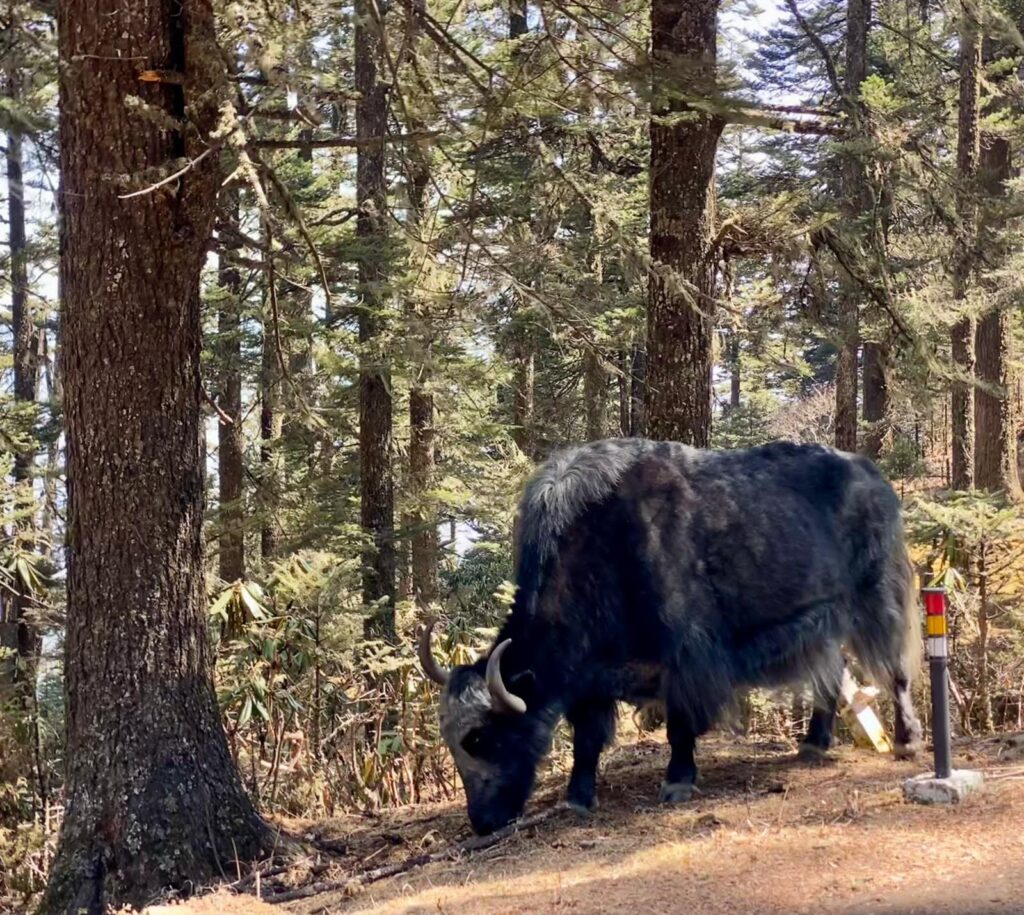

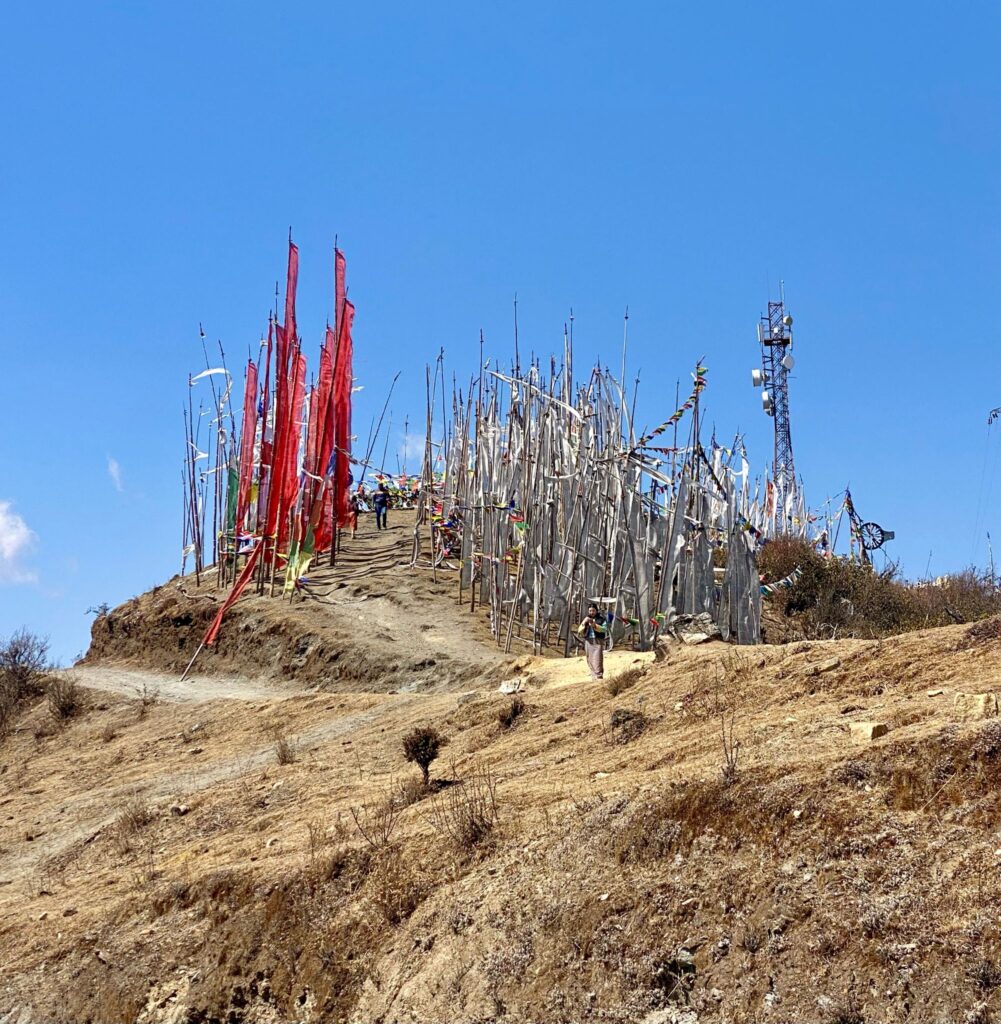
It is indeed fascinating that Bhutan does not have traffic lights! Instead, traffic is managed by friendly police officers who direct vehicles at busy intersections. This is what we witnessed in Thimphu, the capital of Bhutan. As we explore, we realize that Thimphu offers a fascinating mix of modernity and tradition. We loved exploring the capital, where we visited Buddha Dordenma – one of the tallest Buddha statues in the world, monasteries, and museums. The day trip in Thimphu also took us to the Takin Preserve, a sanctuary and conservation area dedicated to the preservation of the Takin, the national animal of Bhutan.
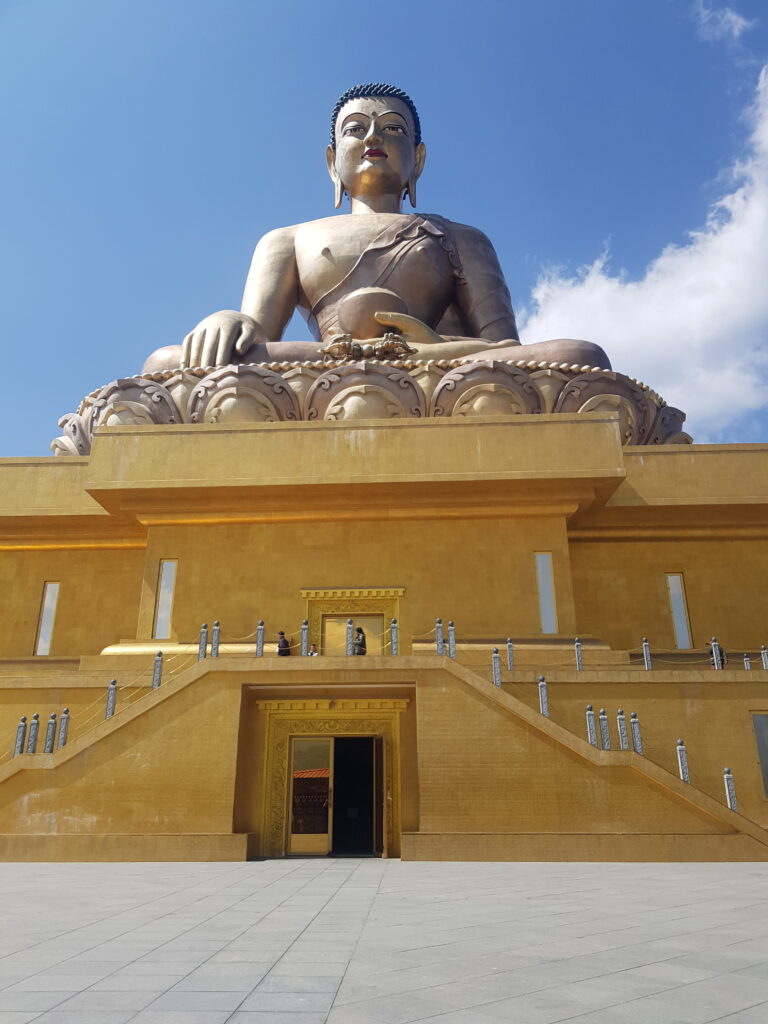
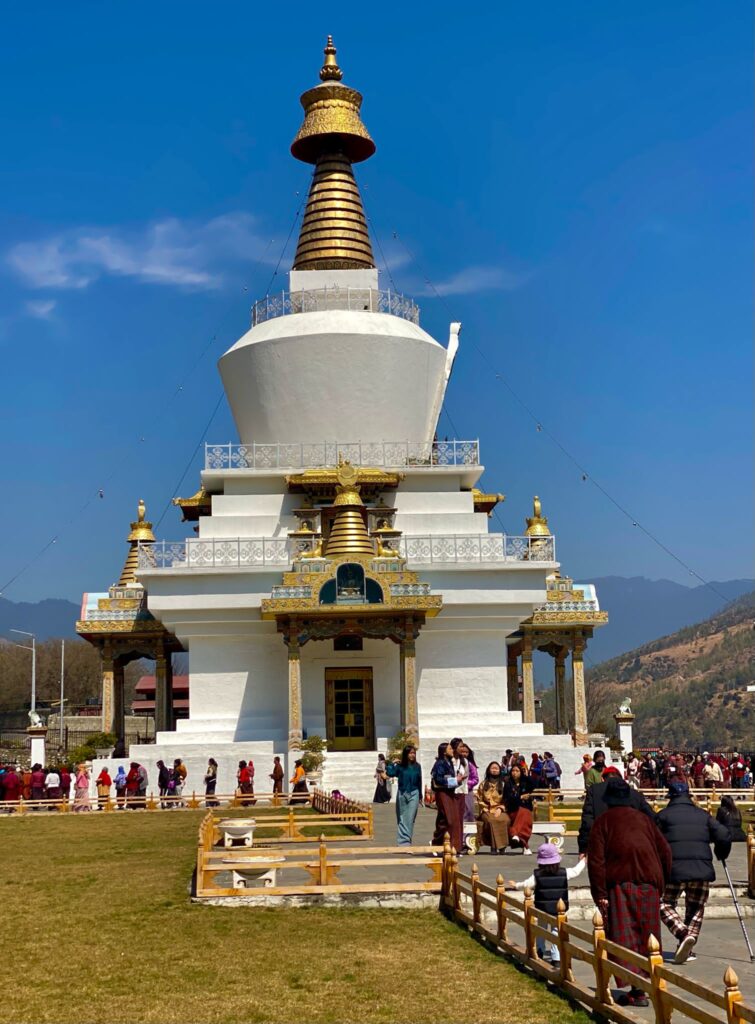
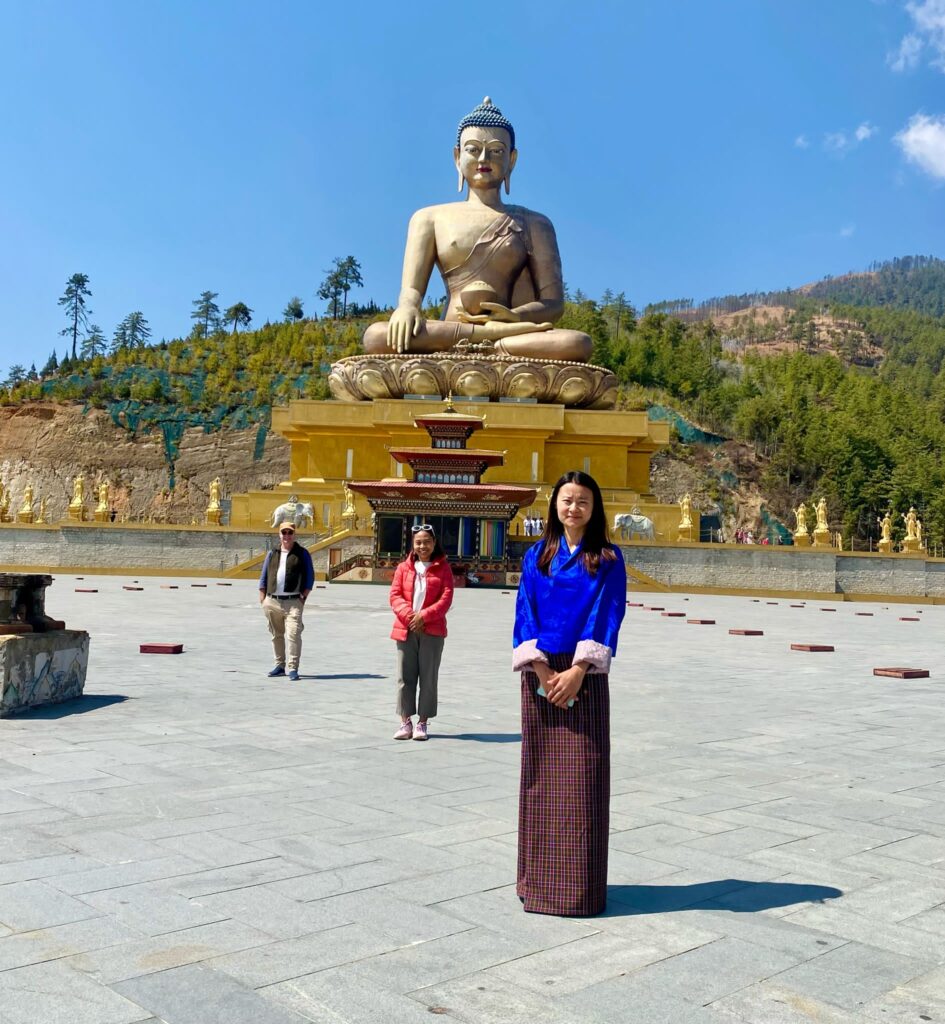
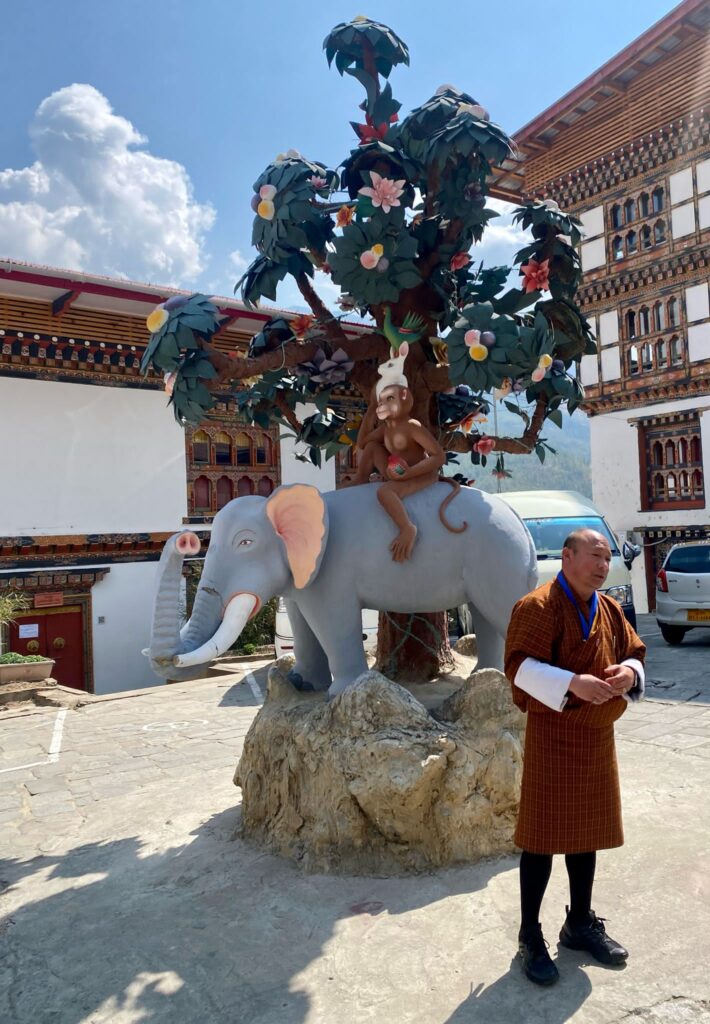
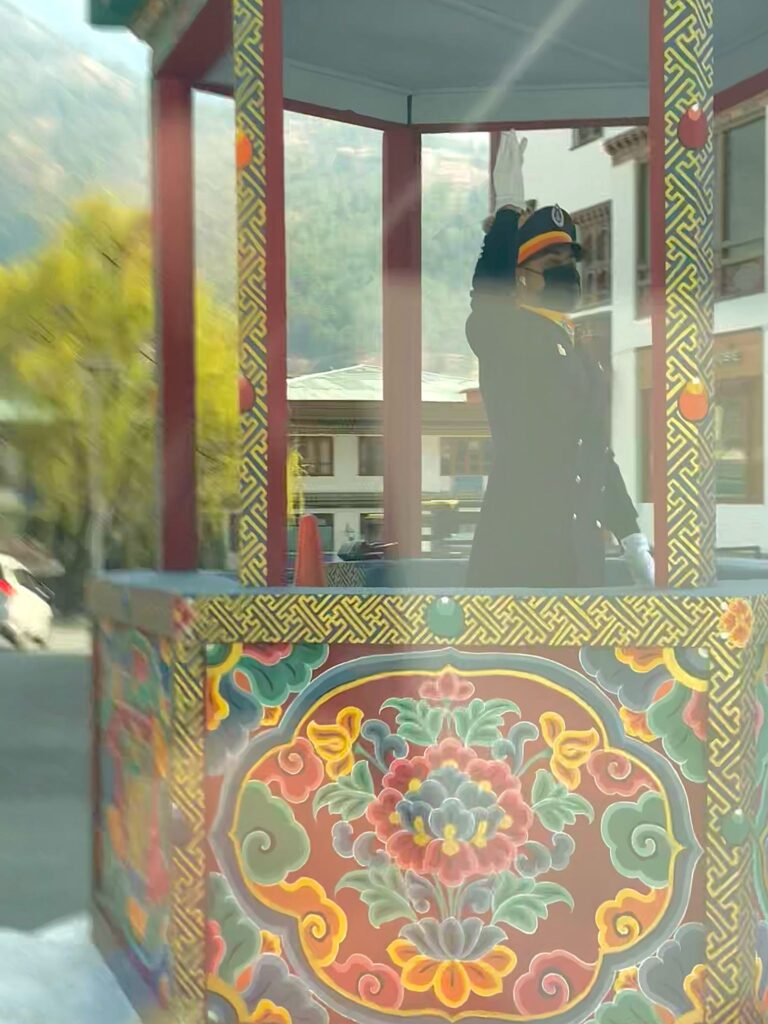
Next we headed to Punakha Valley. Punakha is located at a lower elevation compared to other valleys, allowing for a more temperate climate. The valley is surrounded by terraced rice fields, traditional farming villages, and lush greenery, making it an excellent destination for hiking and exploring nature. Traveling from Thimphu to Punakha via Dorchula Pass is a beautiful journey with some notable sights along the way, such as the 108 Druk Wangyal Chortens – the 108 stupas to honor the Bhutanese soldiers who lost their lives during a military operation in 2003. We also had the chance to visit one of the most notable monasteries called Punakha Dzong, which translates to “Palace of Great Happiness.” This stunning dzong is situated at the confluence of the Pho Chhu and Mo Chhu rivers and serves as a fortress and a religious center. It is an architectural marvel, with intricate wooden carvings and beautiful murals, and it holds significant historical and cultural importance as the site where the first king of Bhutan was crowned. While in Punakha, we also visited the Chimi Lhakhang Temple – the temple of Fertility. The night we spent at Zingkham Resort.
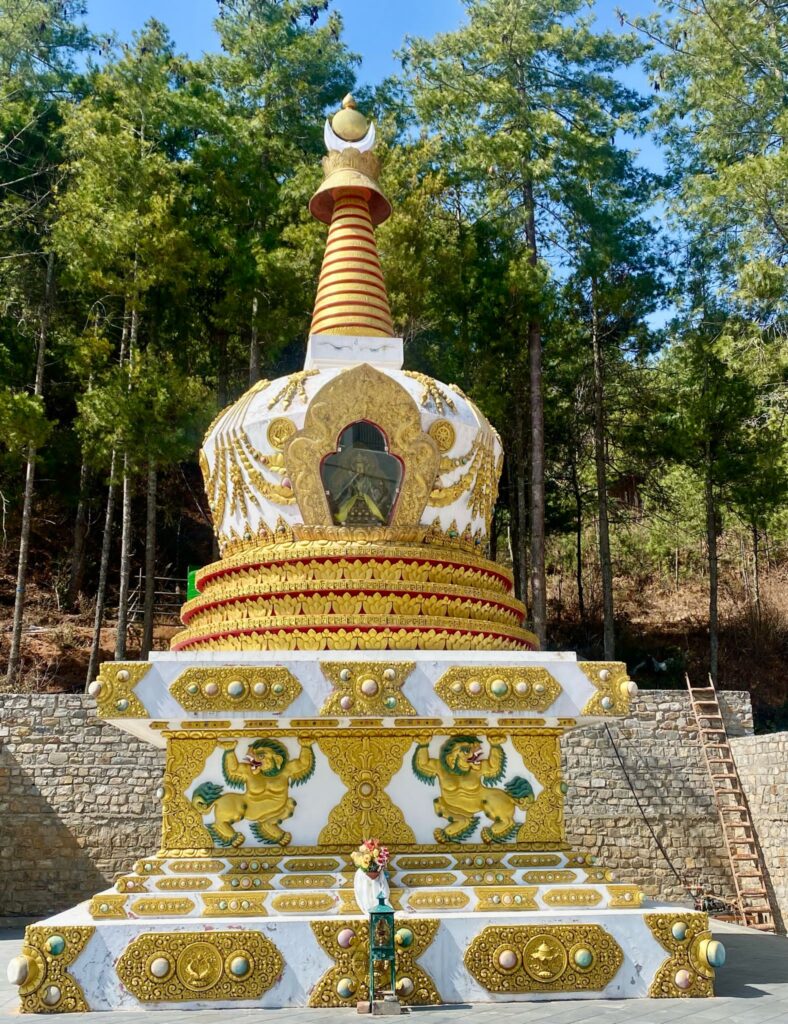
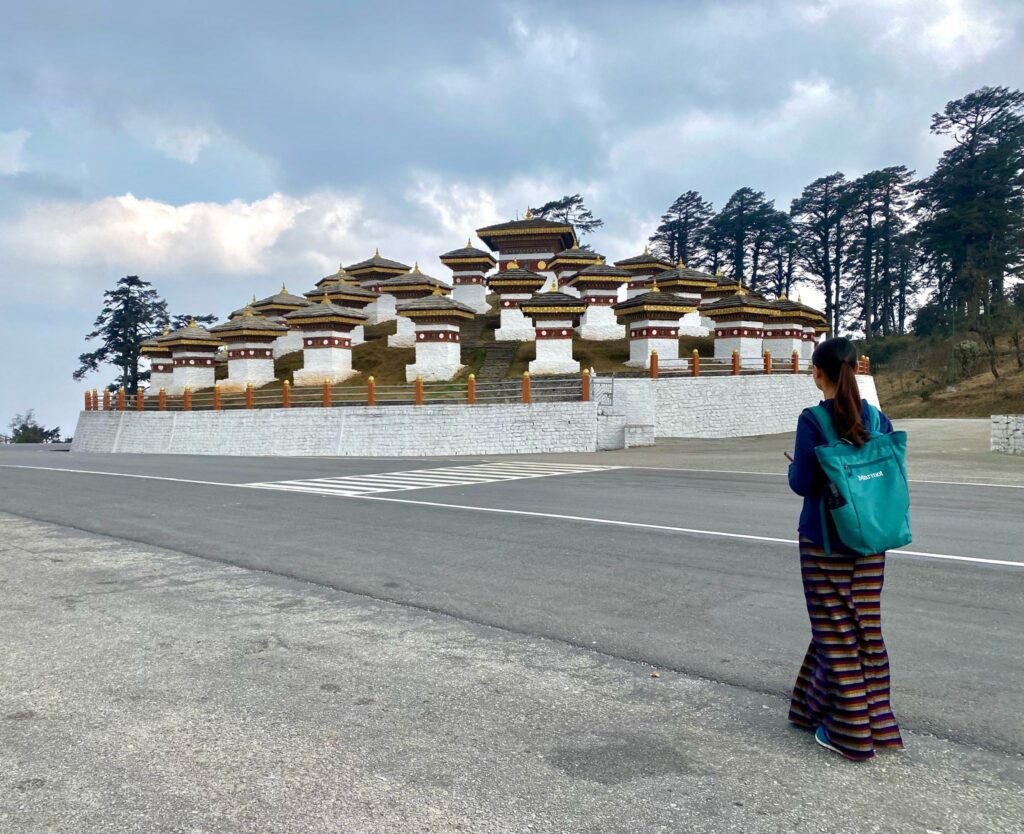
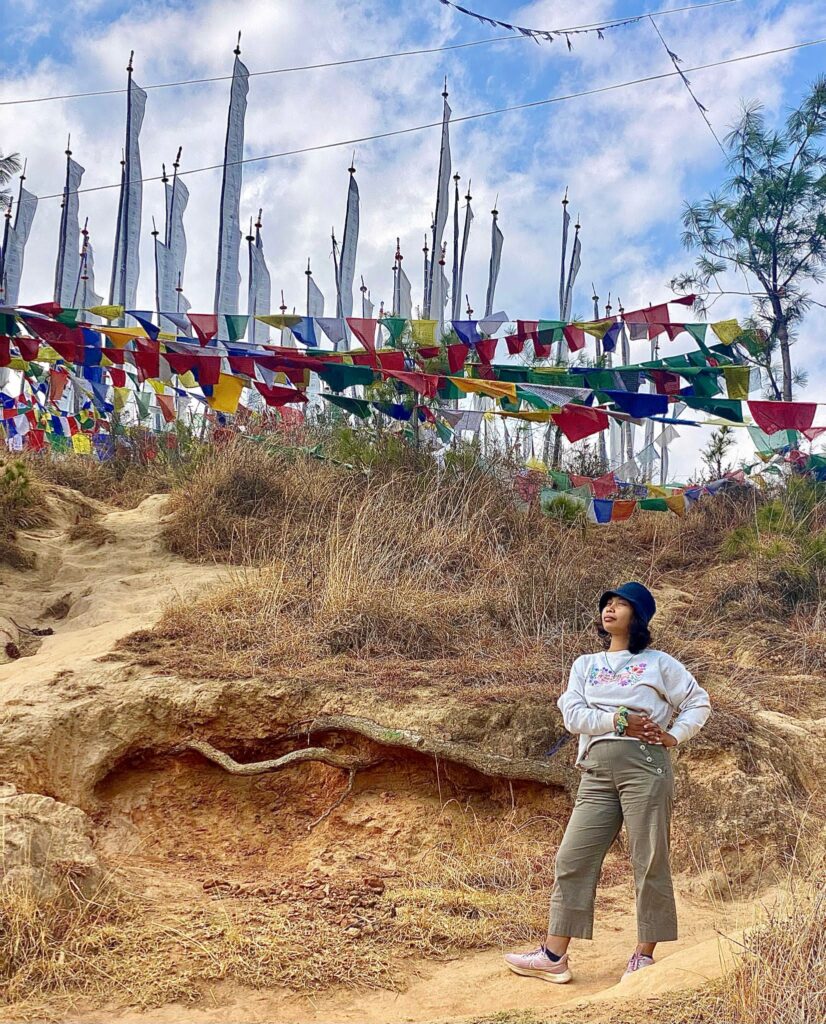
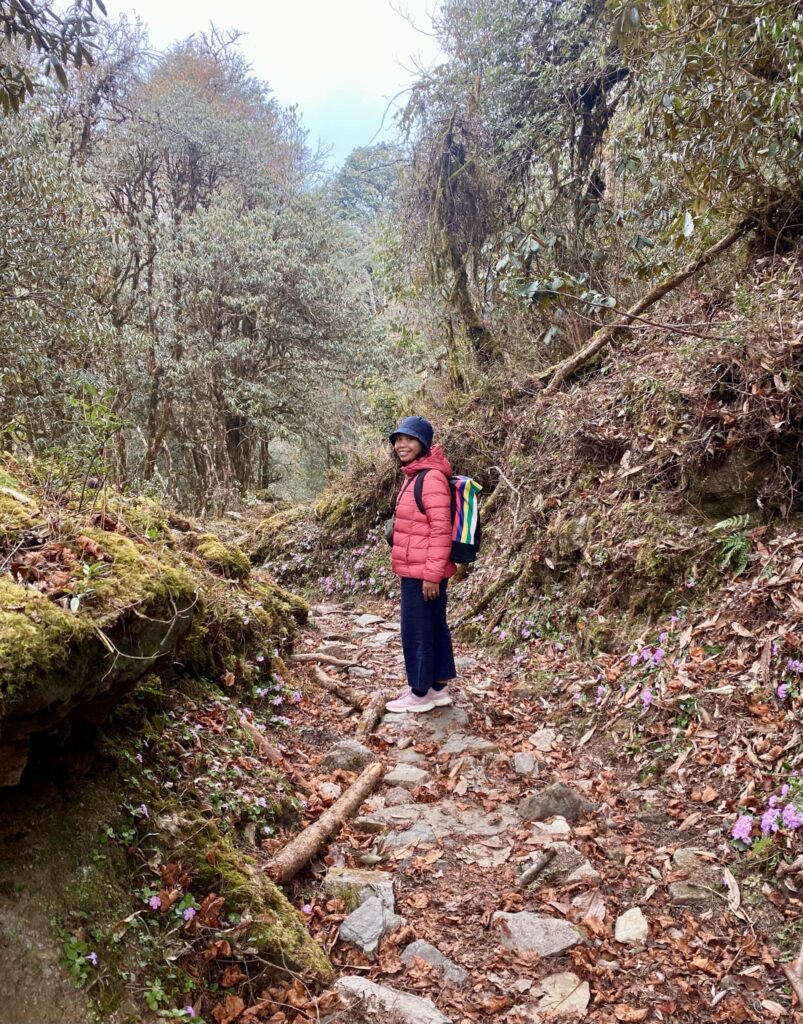
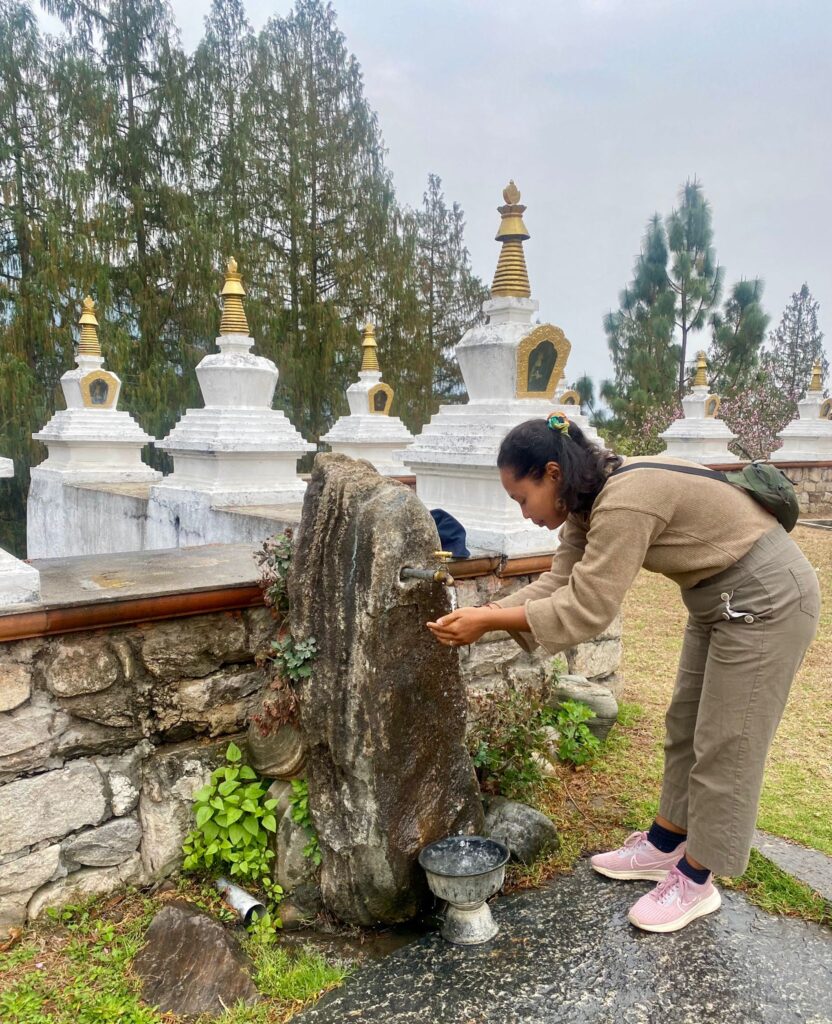
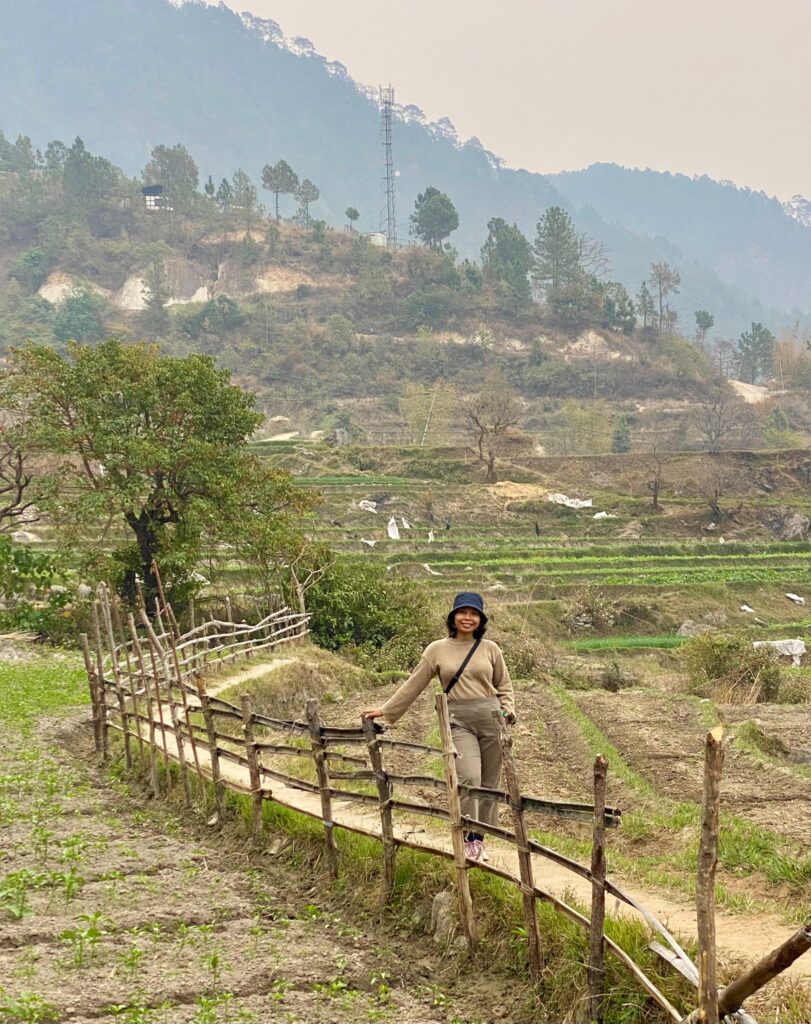
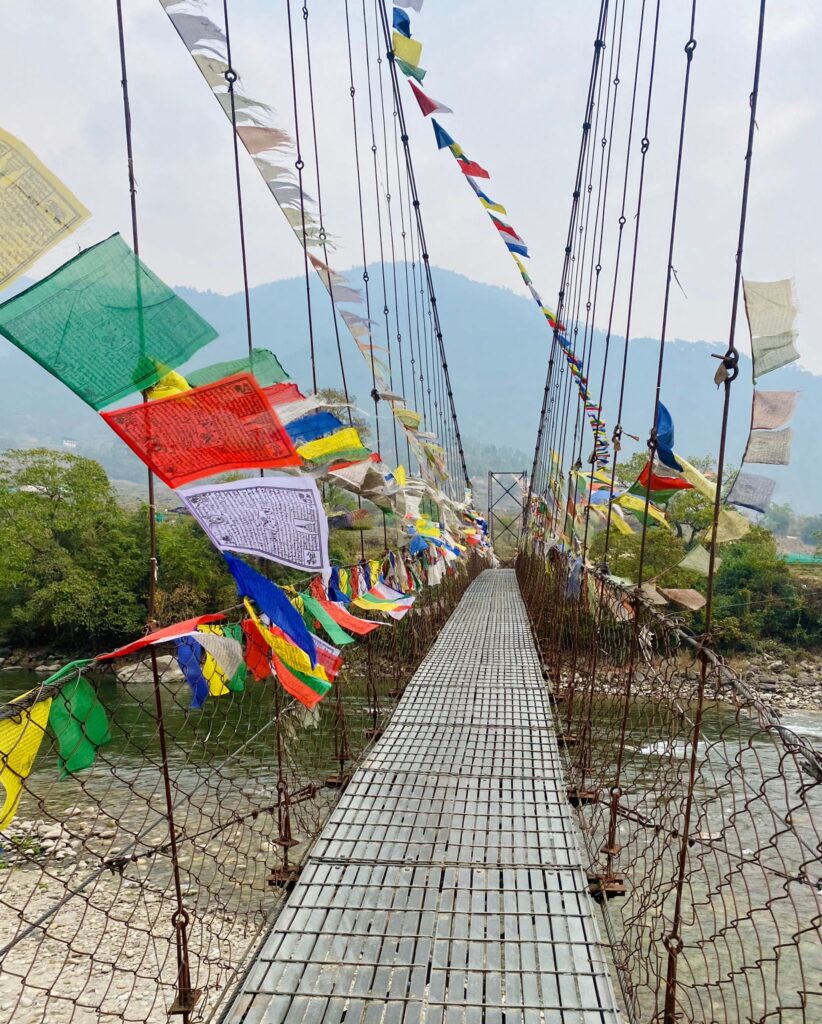
We must return to Paro.
Perched high on a cliff at about 3,120 meters (10,240 feet) above sea level, the iconic Tiger’s Nest Monastery, or Paro Taktsang, is one of Bhutan’s most revered spiritual sites. According to legend, Guru Padmasambhava (also known as Guru Rinpoche), the founder of Tibetan Buddhism, meditated in the cave where the monastery now stands, arriving on the back of a tigress. This rich history adds to the allure of the site, making it a must-visit destination for those interested in Bhutan’s spiritual heritage. To get to the monastery, we must be physically fit to hike. It can be an unforgettable journey that combines stunning natural beauty with a sense of spiritual adventure. The path begins with a gentle ascent, winding through the peaceful woods where the sound of birdsong fills the air. As you make your way up, the views gradually open up, offering glimpses of the rugged cliffs and valleys below. The air, fresh and crisp, invigorates the senses, making each step feel enriching.
You’ll find plenty of spots to take a break along the way. These resting points are perfect for catching your breath and soaking in the incredible scenery. Finally, as you arrive at Tiger’s Nest, the monastery appears even more magnificent up close. It is a place where physical exertion blends seamlessly with spiritual reflection, and the views reward your journey with a deep sense of tranquility and connection to the majestic landscape.
To soothe our tired muscles after a 6-hour hike, we tried the traditional stone bath. The whole process looks like a ritual. The tub starts by heating the stones over a fire until they are piping hot. Once ready, the stones are placed in a wooden tub filled with water. As the rocks cool, they release warmth into the water, creating a soothing and inviting atmosphere. Our bath incorporates herbal infusions from local plants and flowers to further enhance its relaxing properties. It’s a moment of connection with Bhutanese culture and nature. It’s a lovely way to embrace the tranquility of this beautiful country while enjoying a time-honored custom that has been cherished for generations.
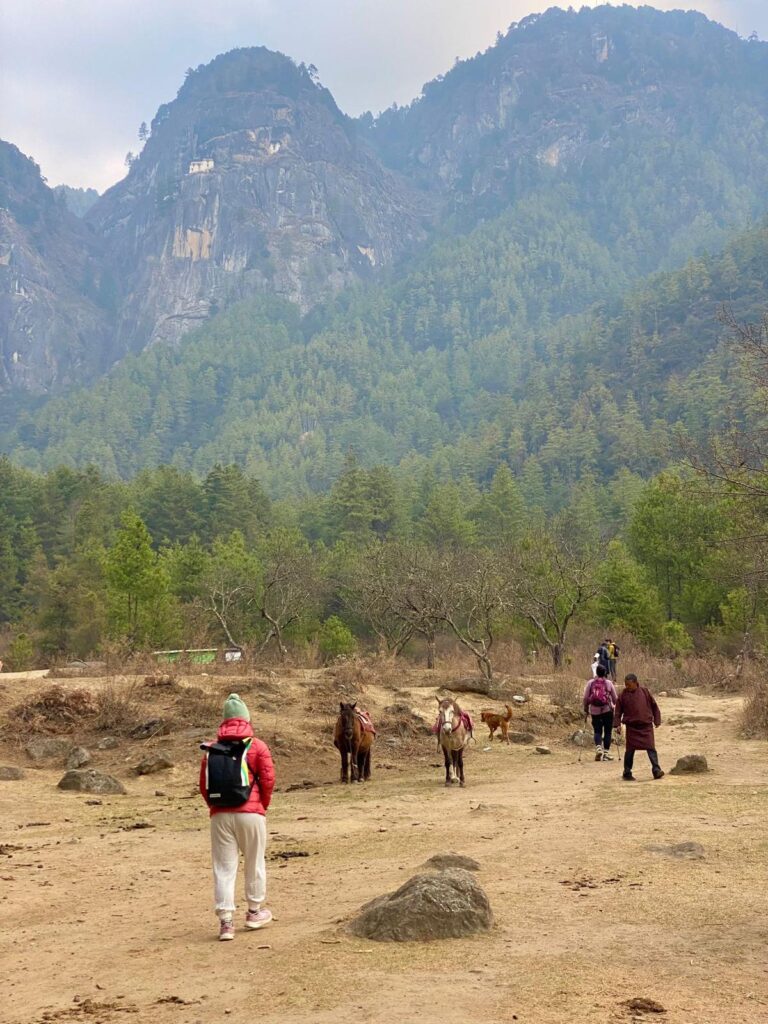
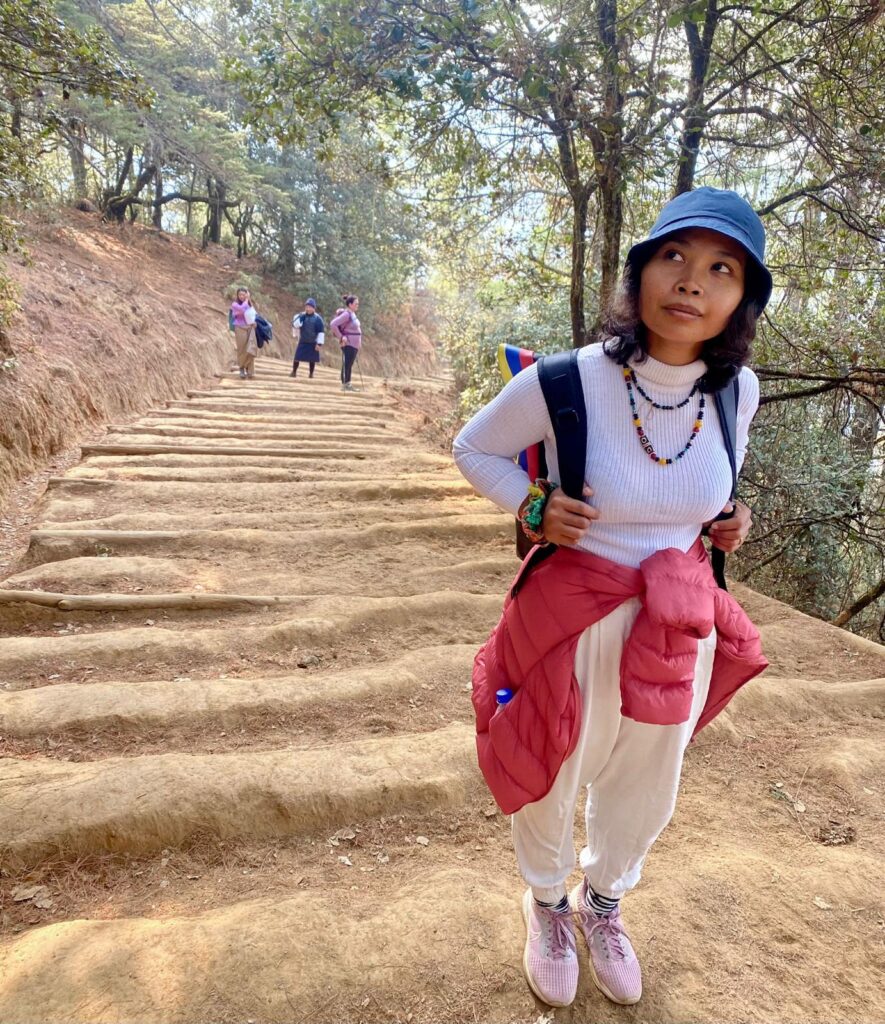
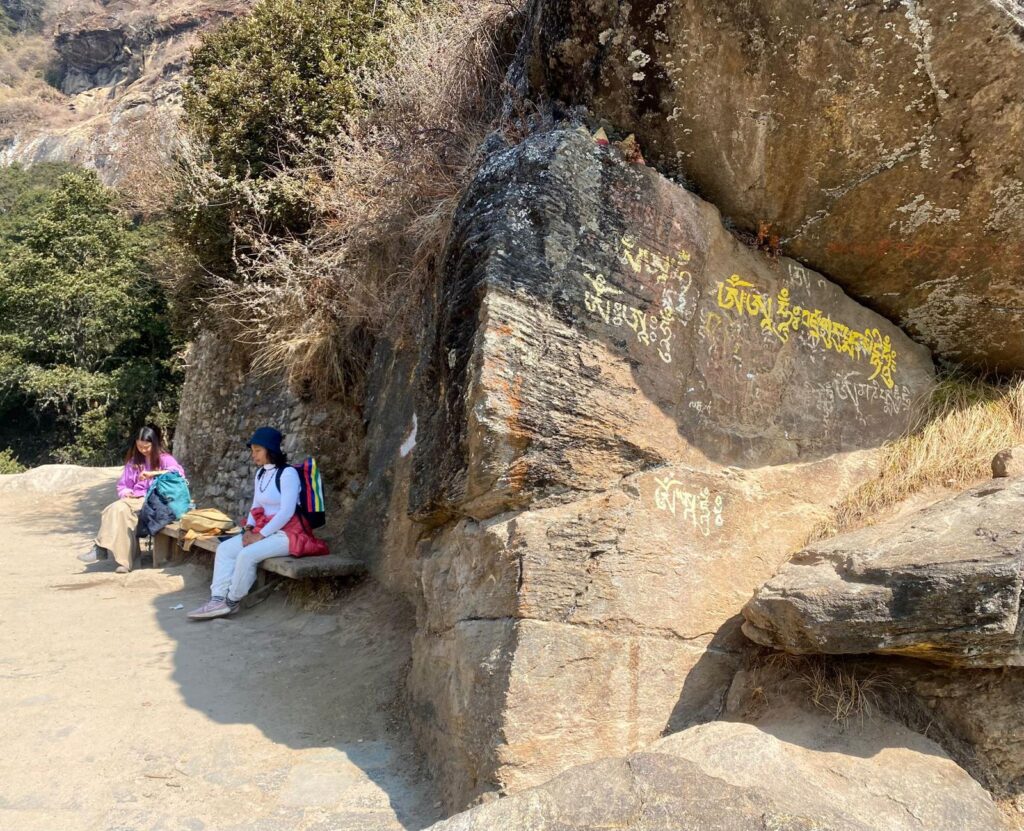
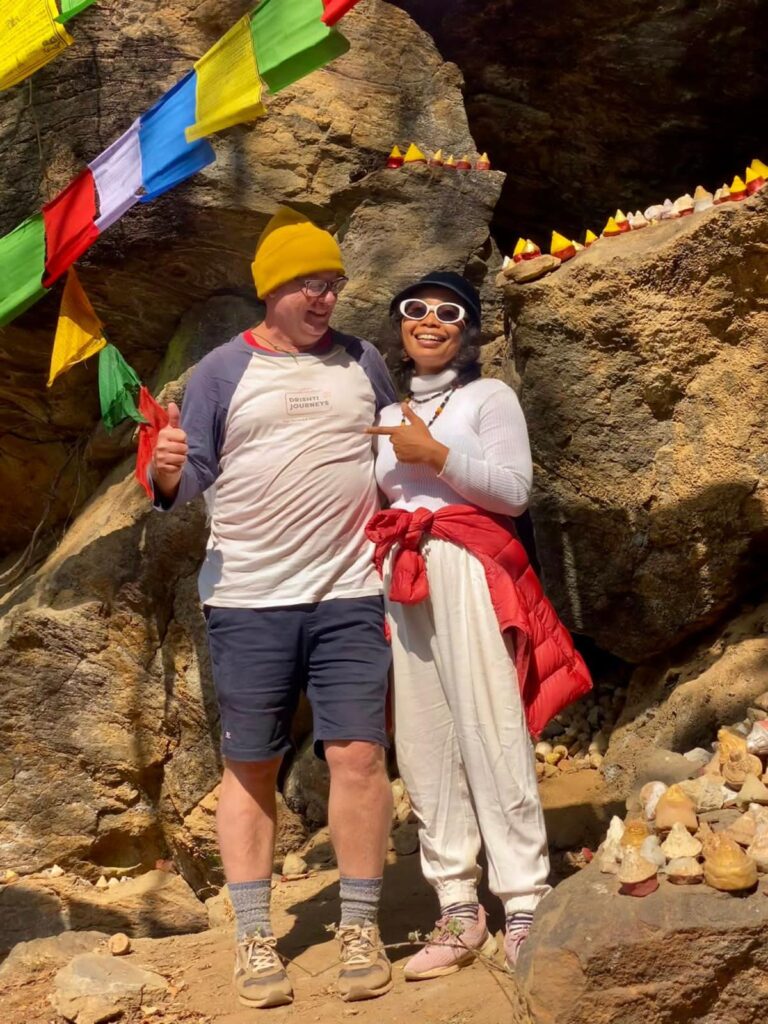

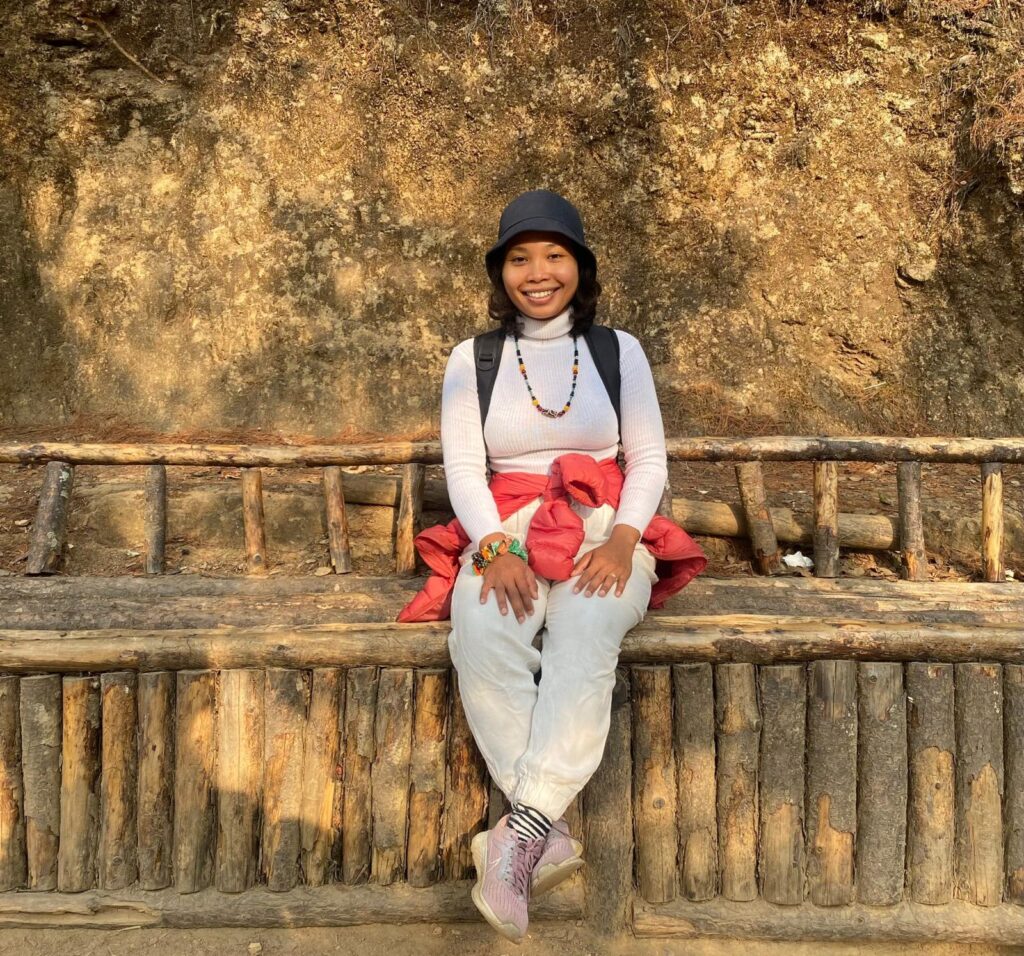
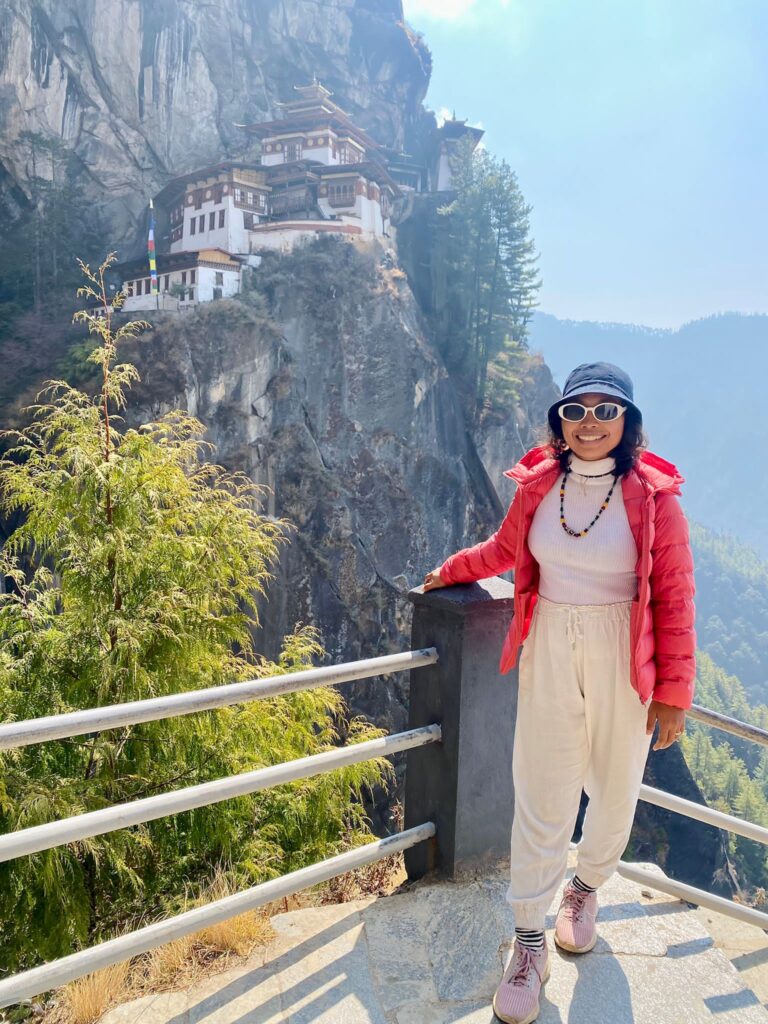
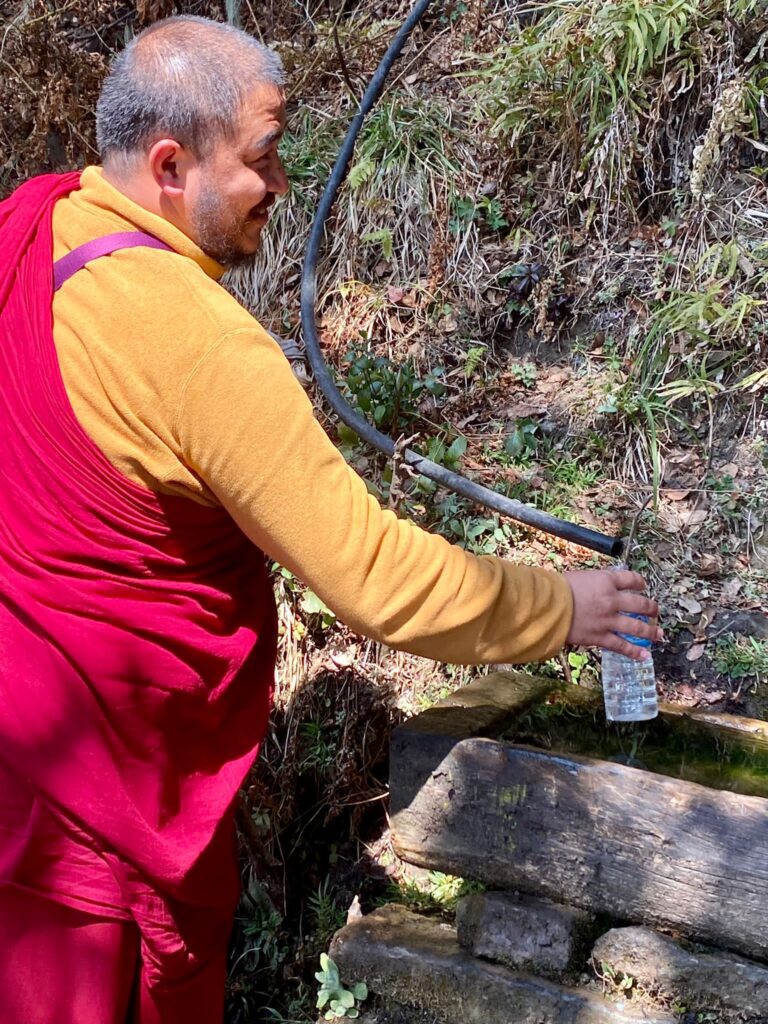
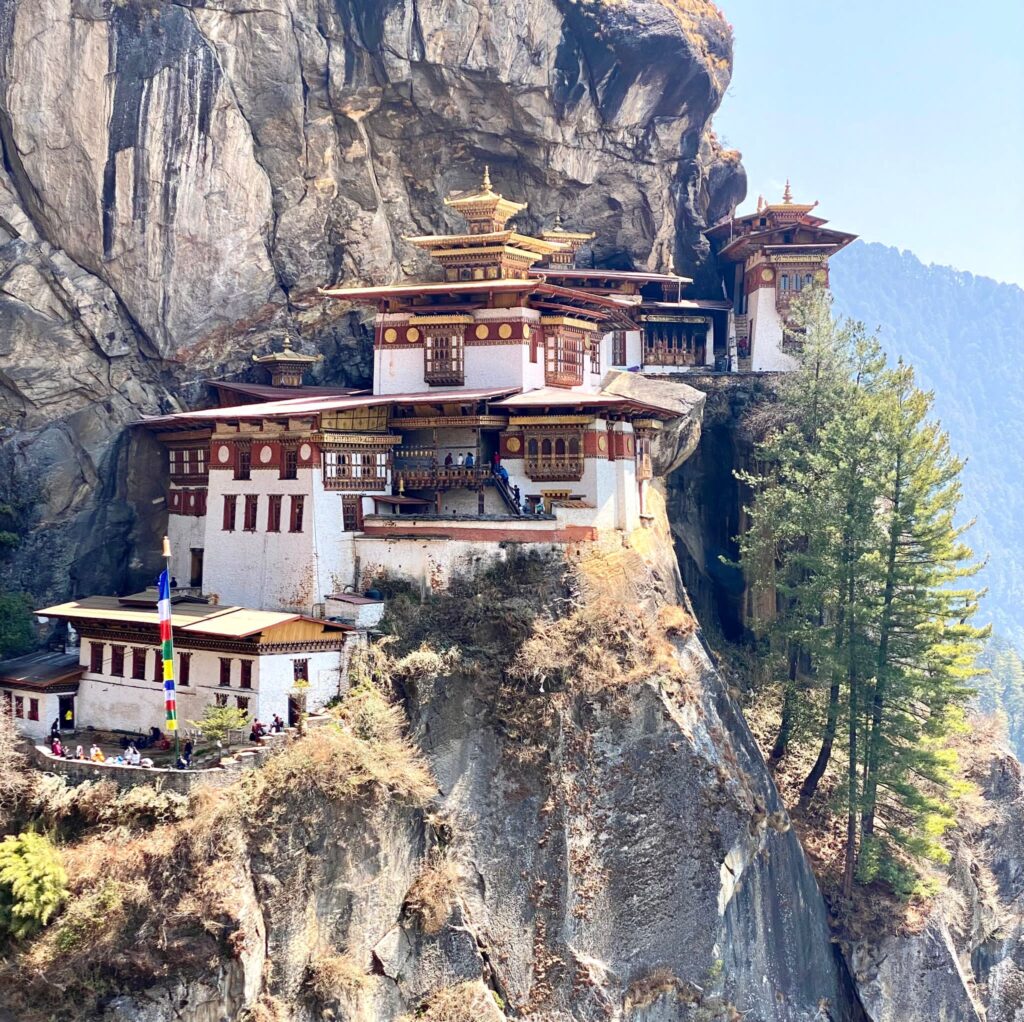
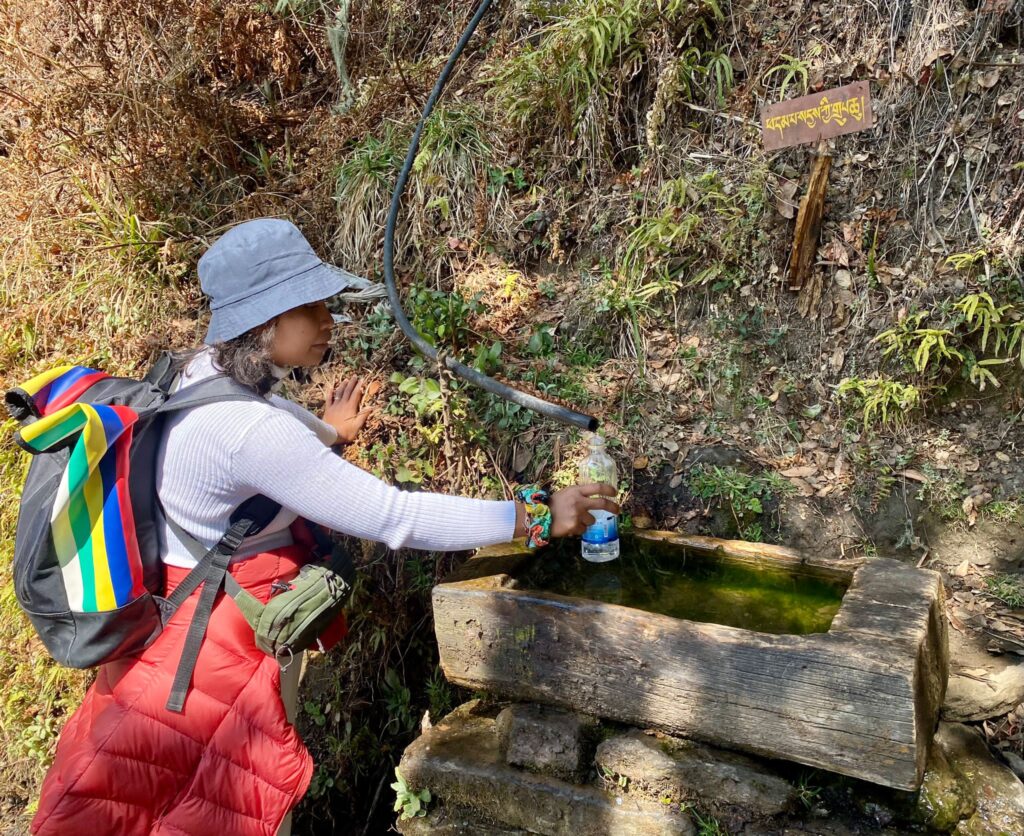
As we draw our journey through the enchanting land of Bhutan to a close, it’s impossible not to feel a sense of warmth and inspiration from this extraordinary kingdom. The kindness of the Bhutanese people truly stands out as one of the most heartwarming aspects of this beautiful country. The Bhutanese have a deep-rooted belief in the importance of community and family, which is evident in their warm interactions with both locals and visitors alike. In a world that can sometimes feel rushed and disconnected, the Bhutanese way of life serves as a beautiful reminder of the power of kindness.
Nestled high in the Himalayas, Bhutan invites us to embrace simplicity, cherish our connections with nature, and value the happiness that comes from within.
Some more photos….

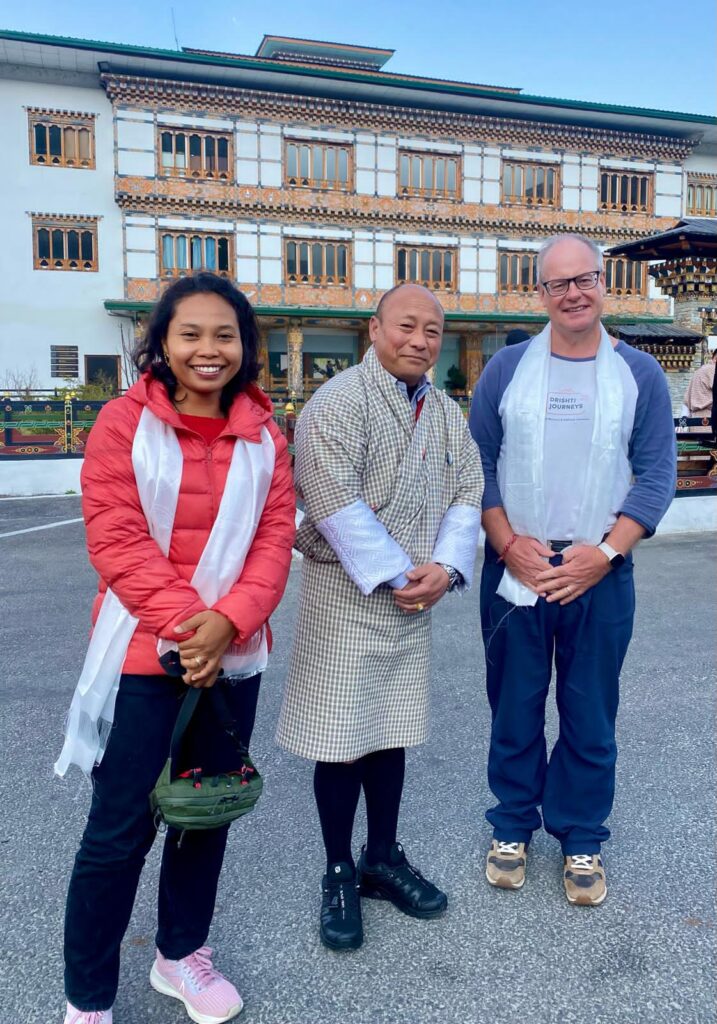

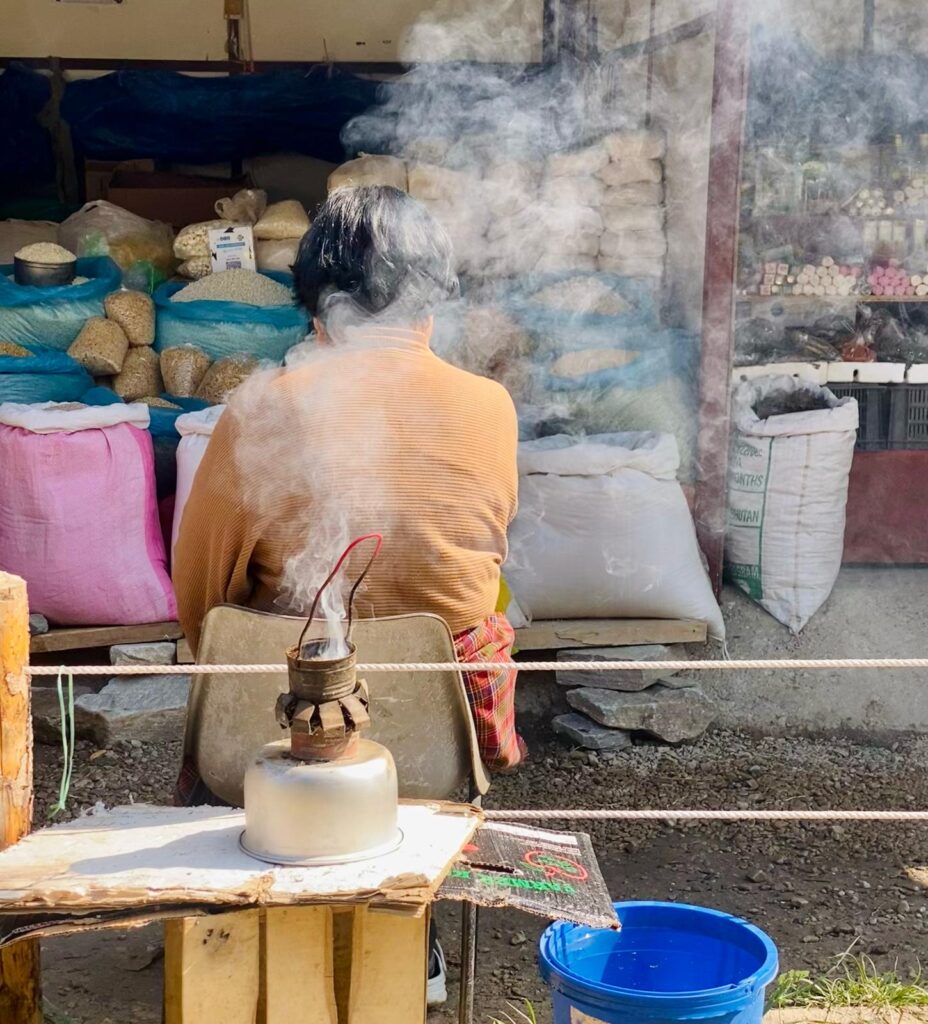
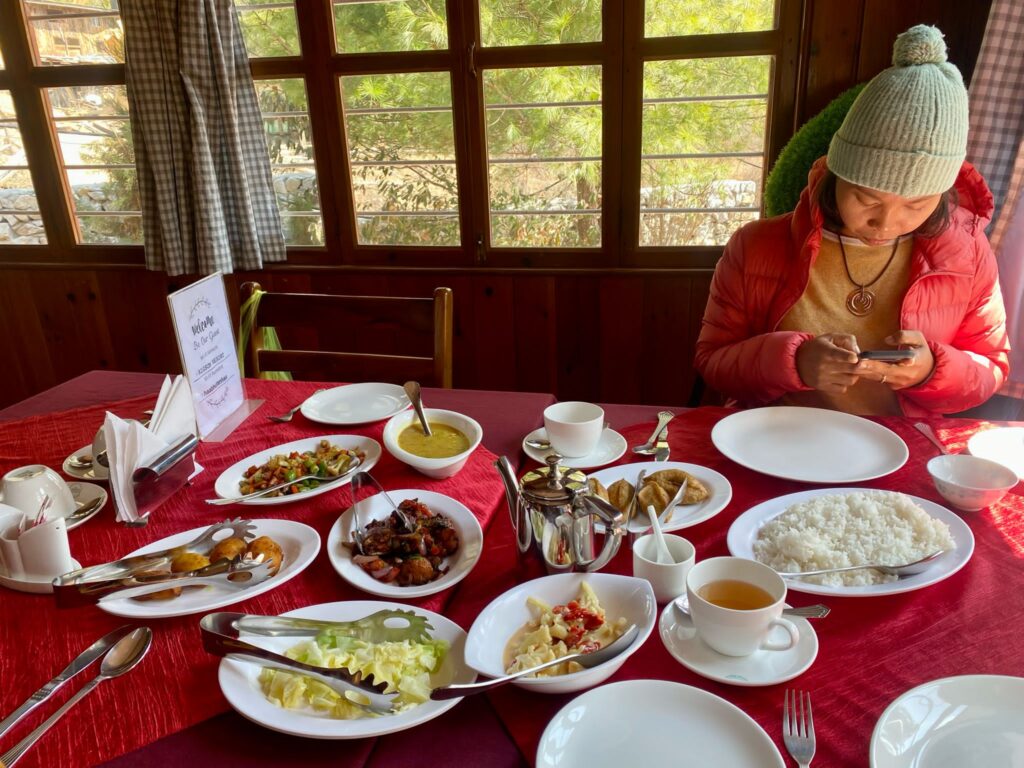
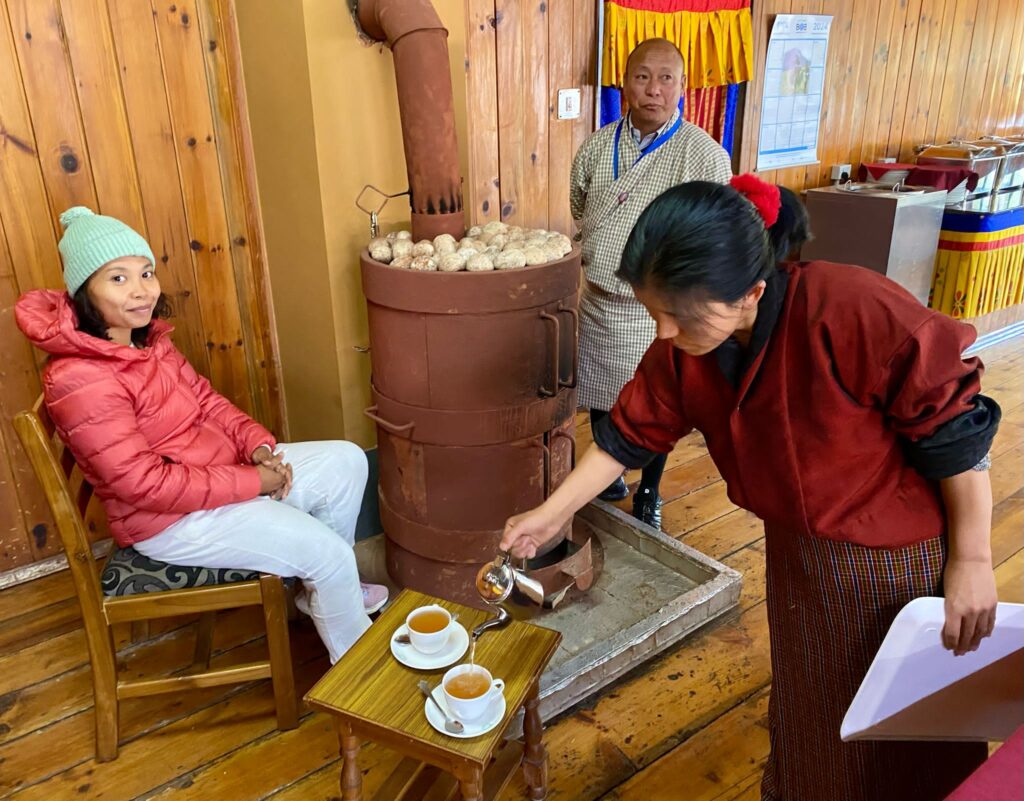
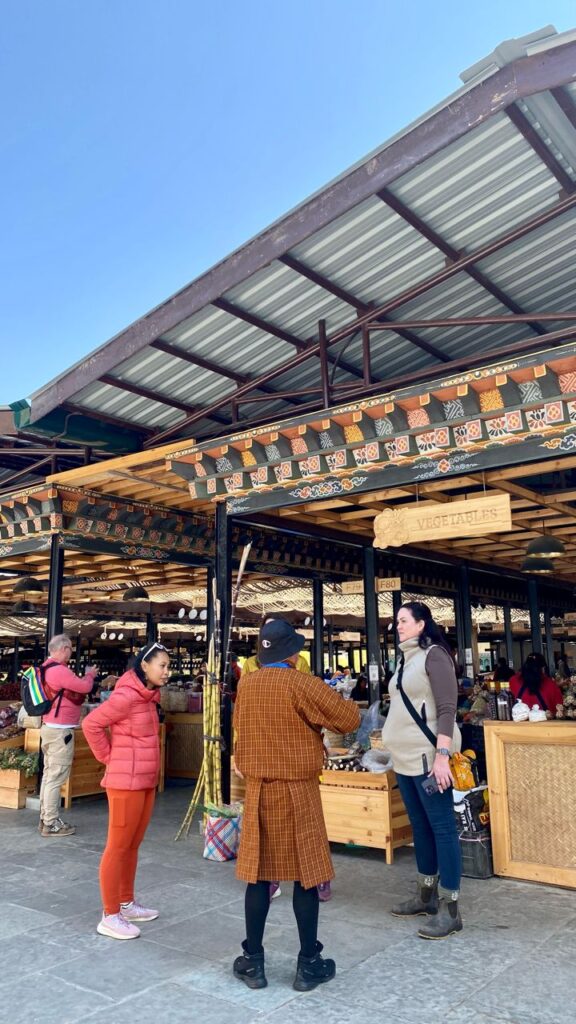

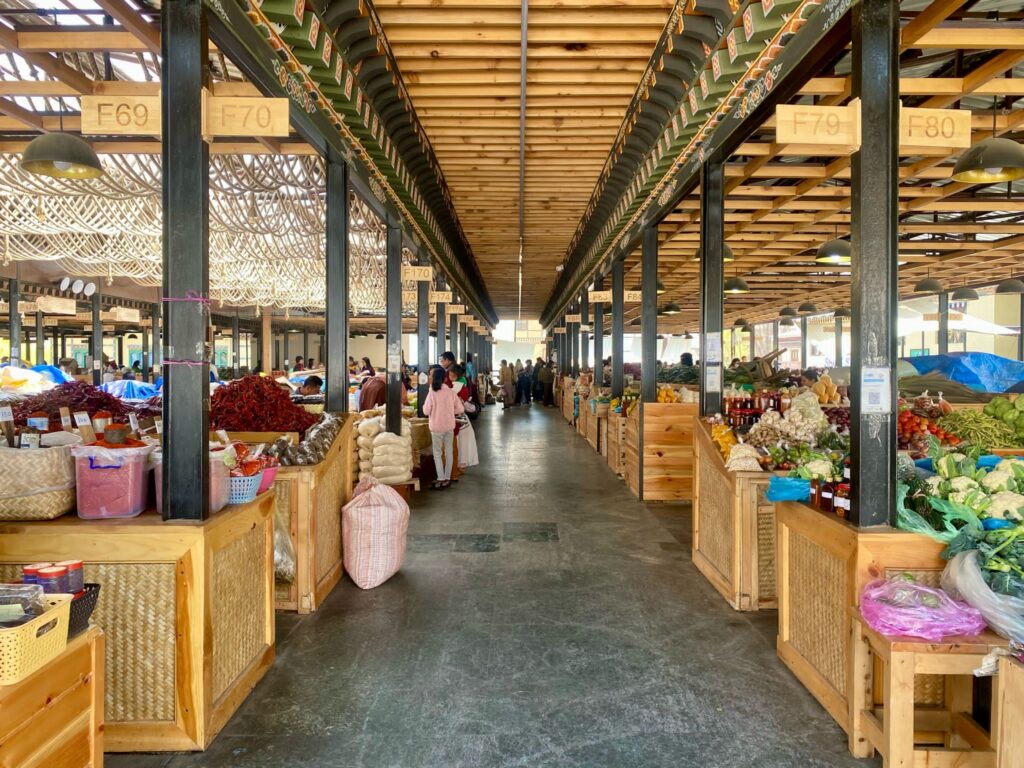
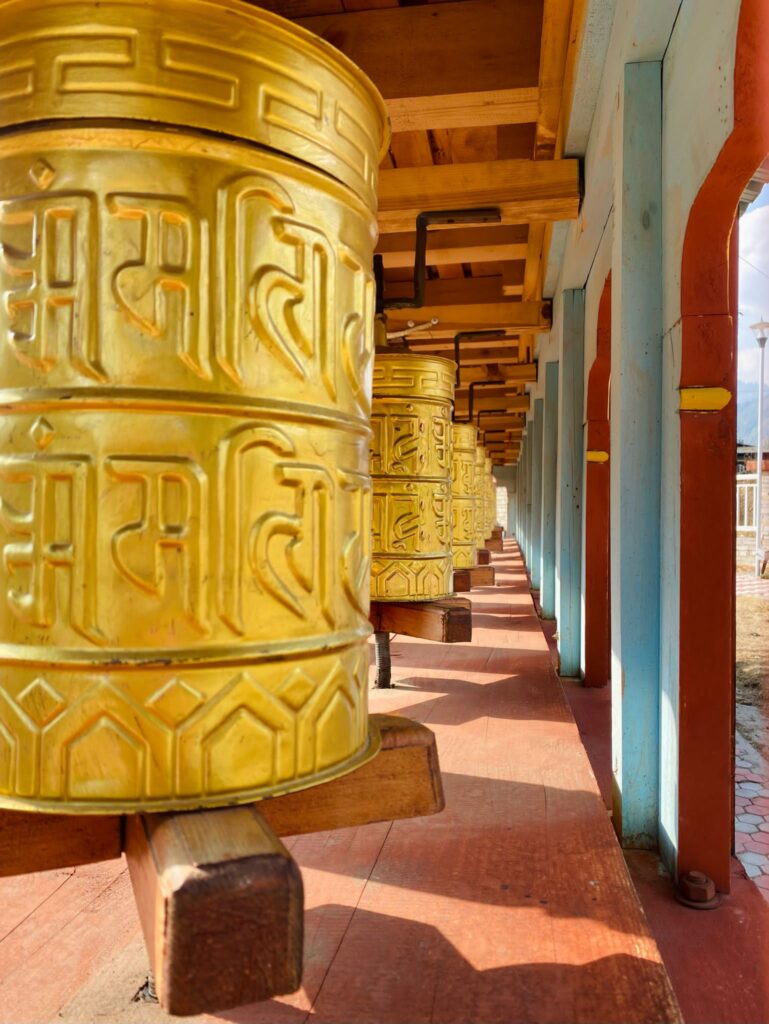
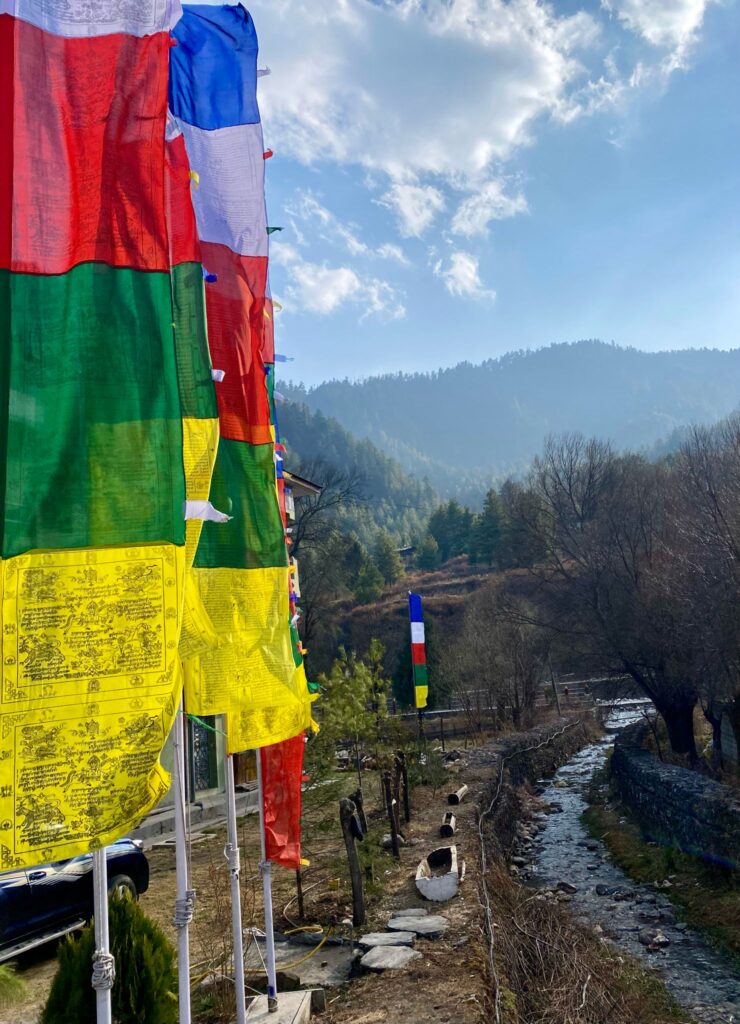
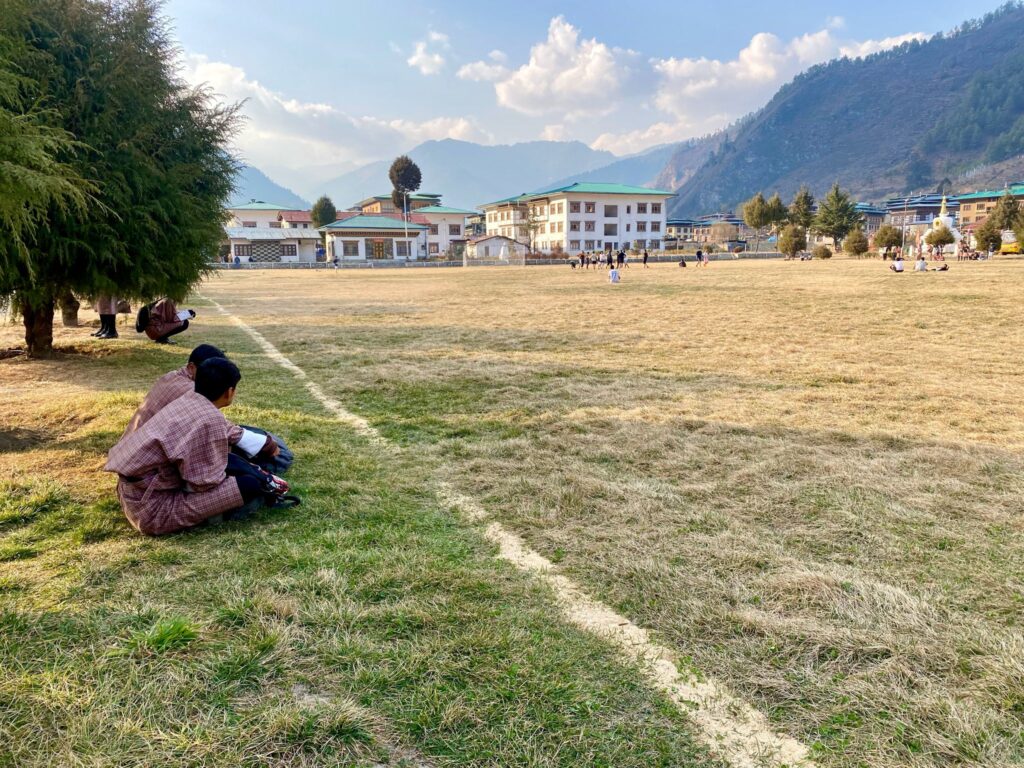
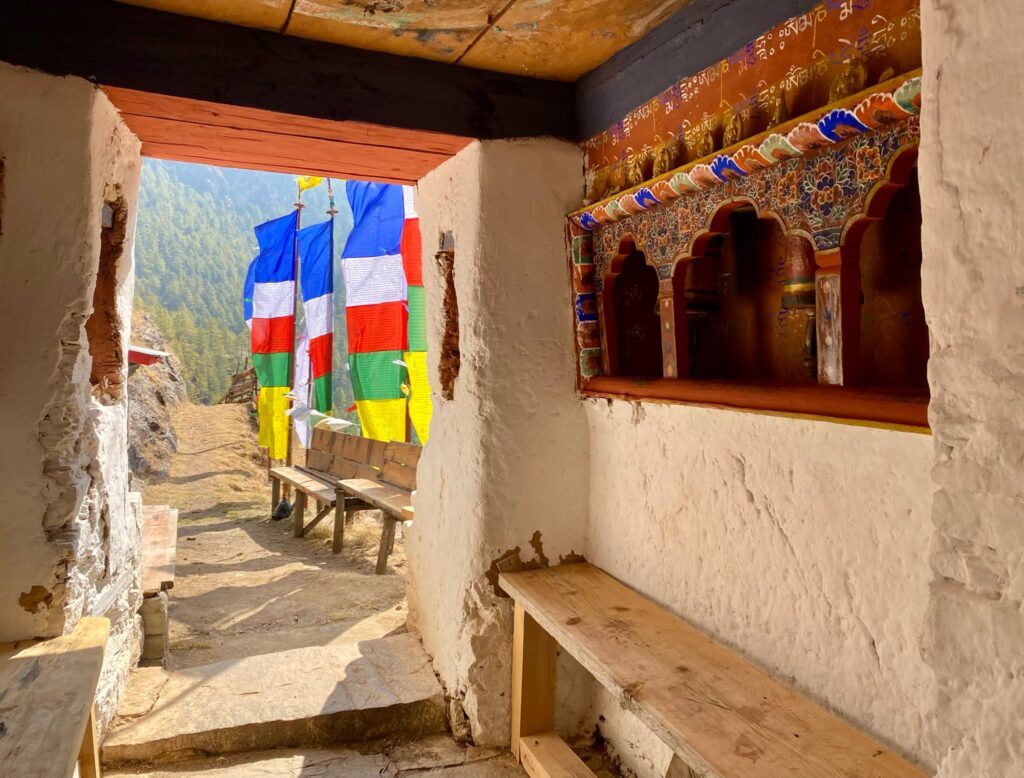
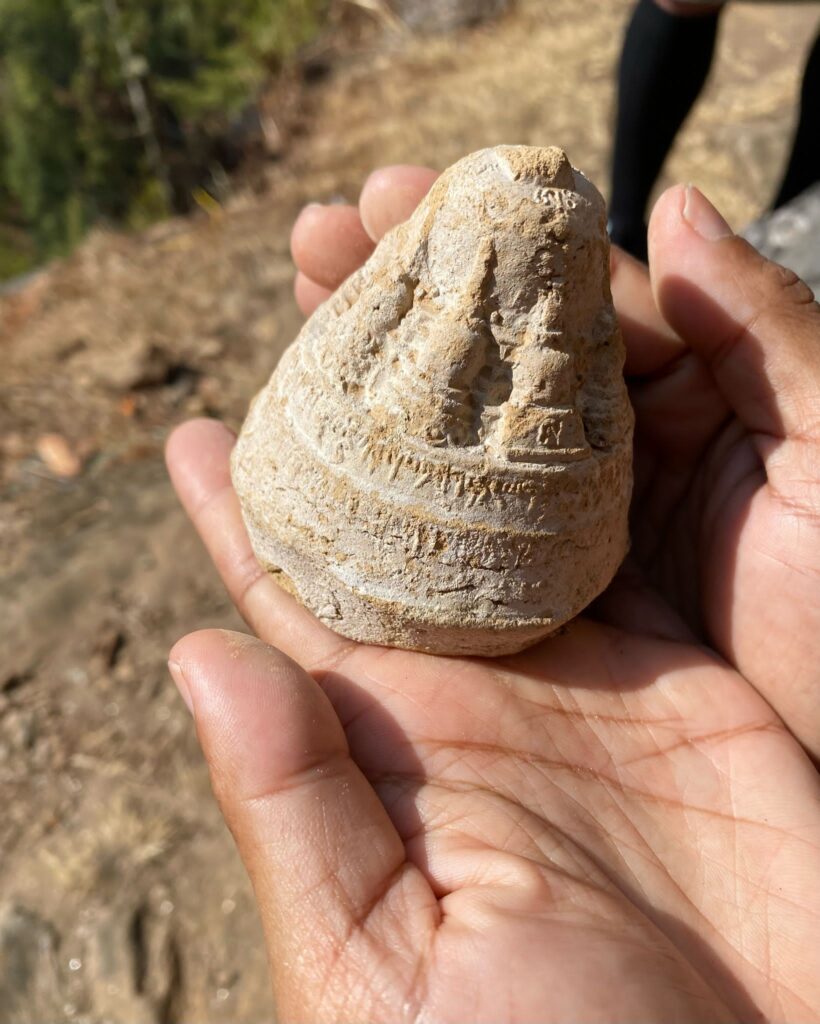
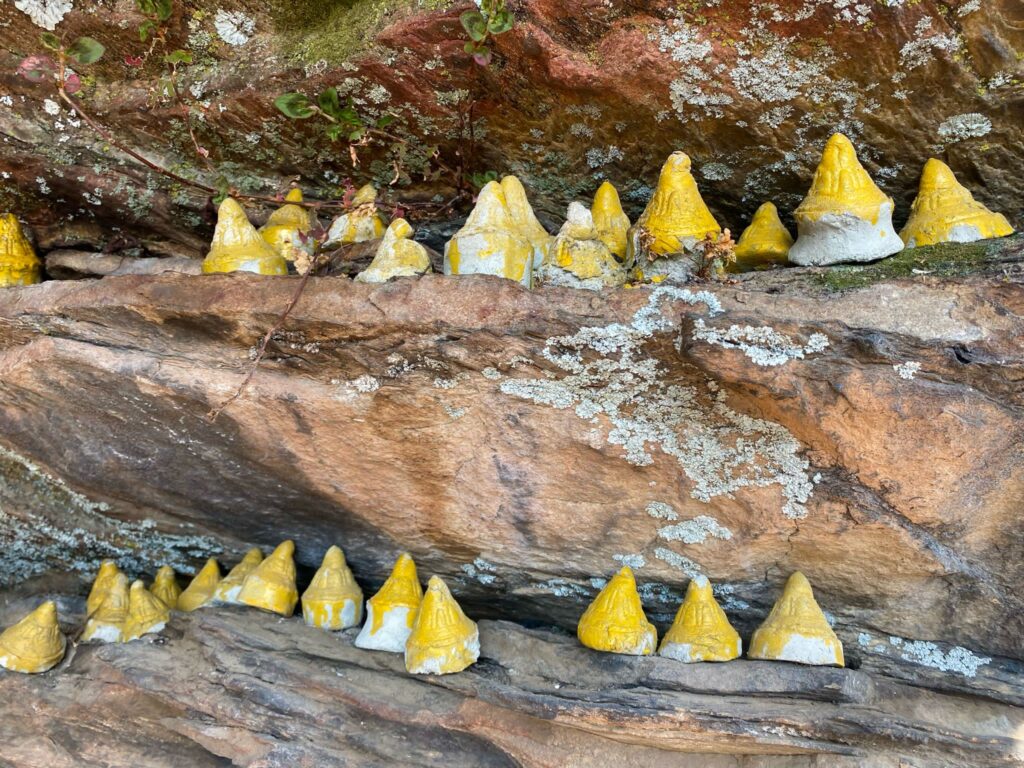
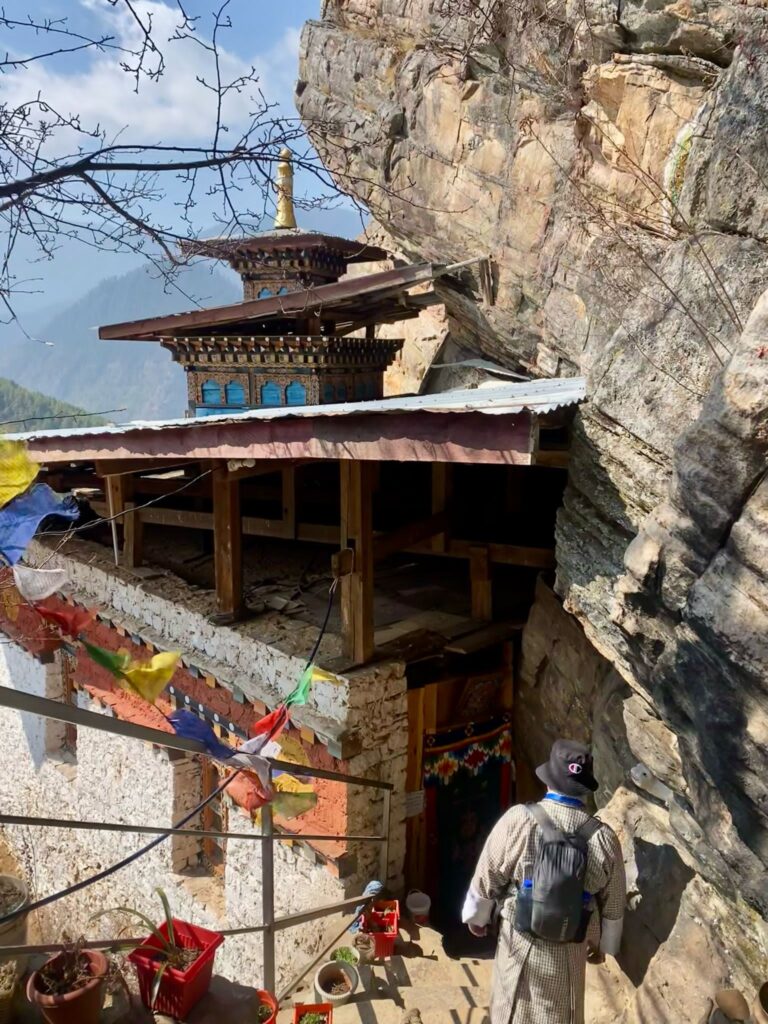
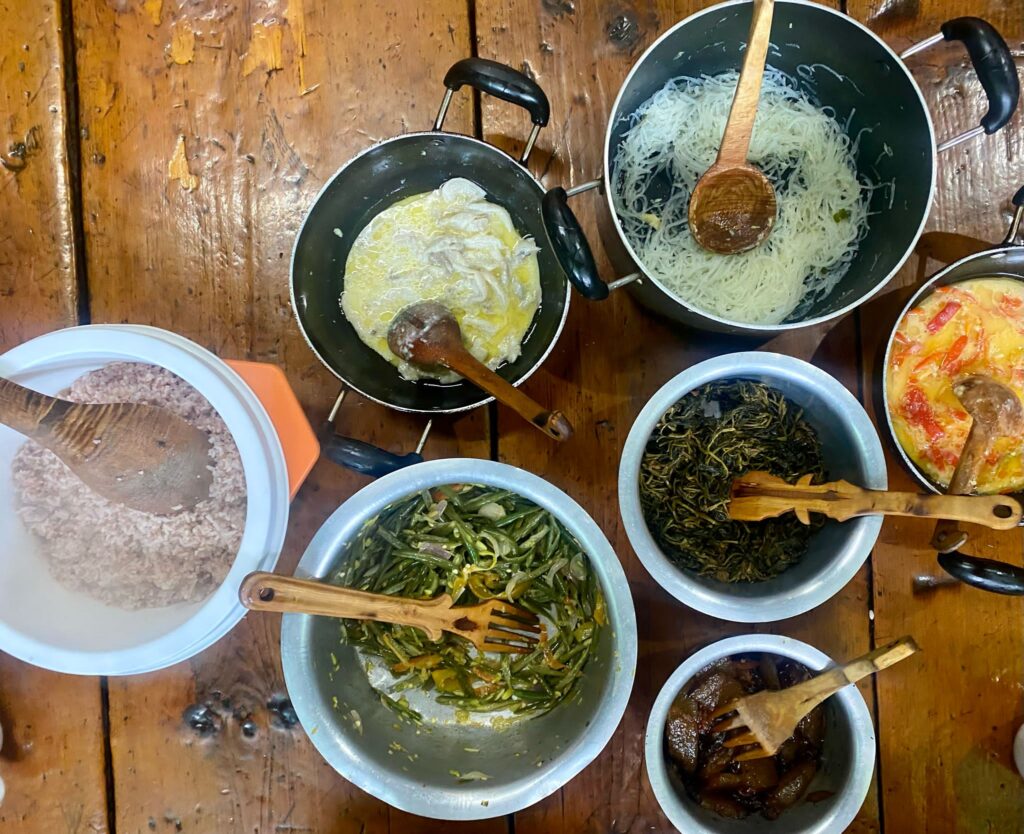

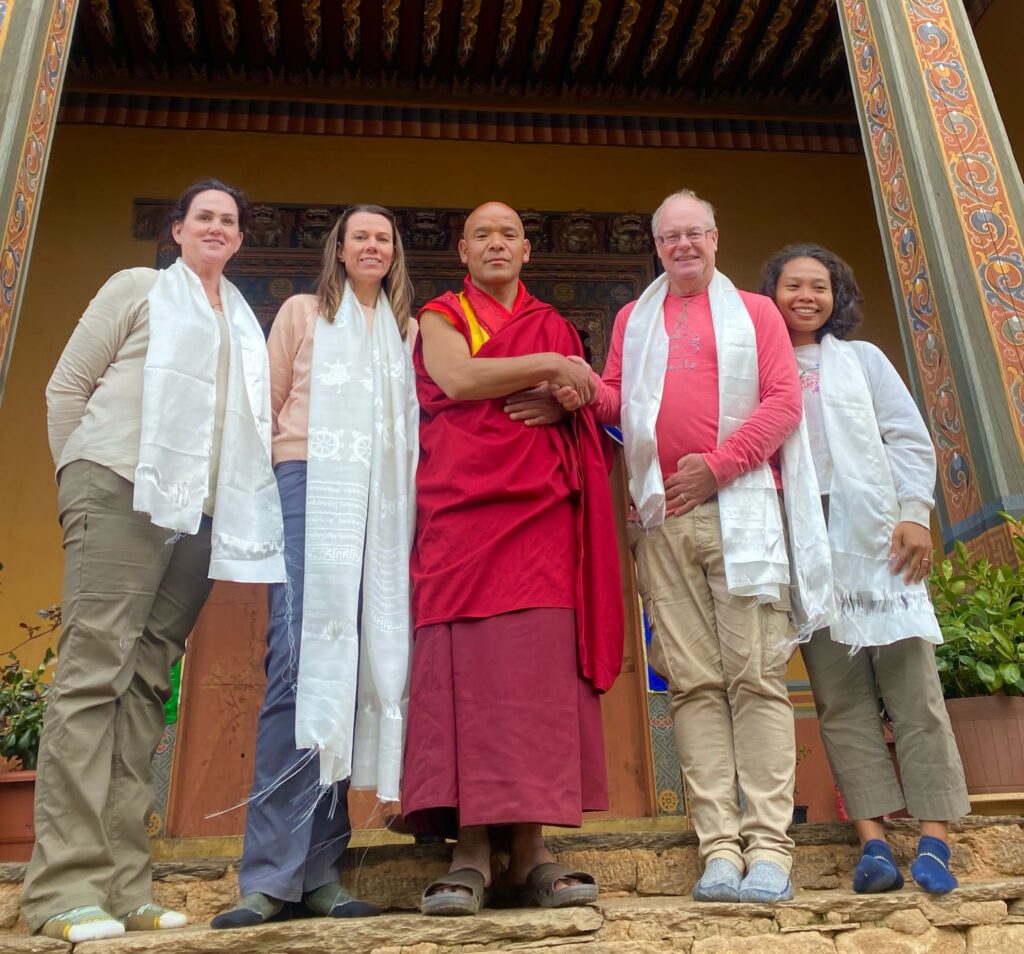
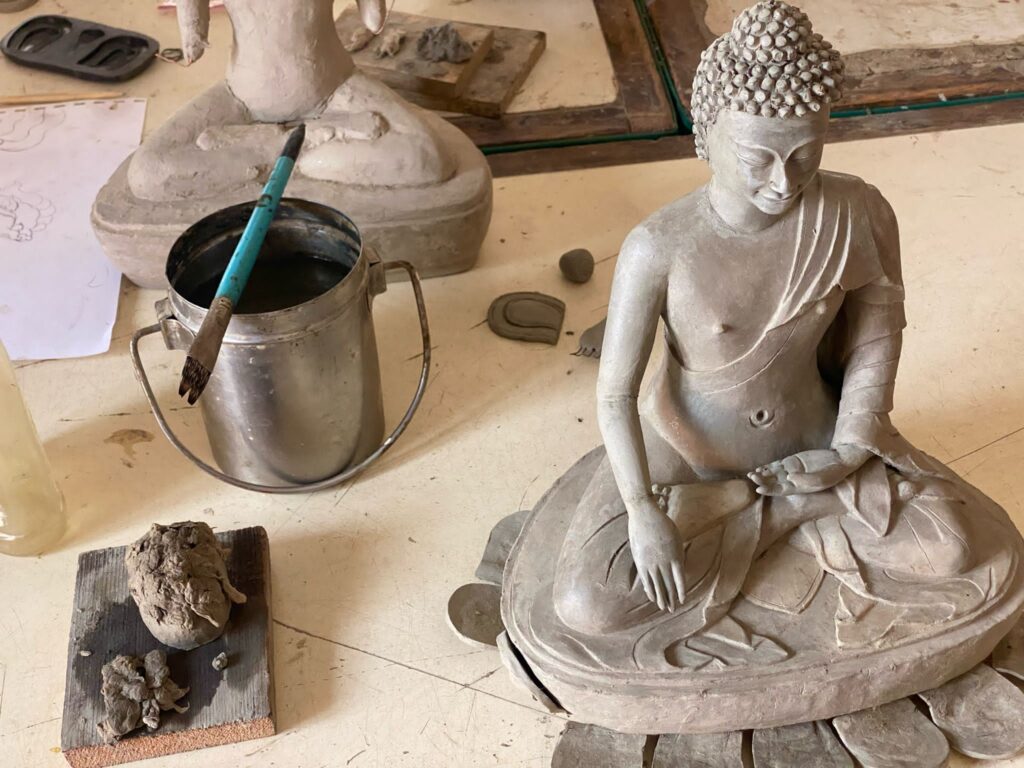
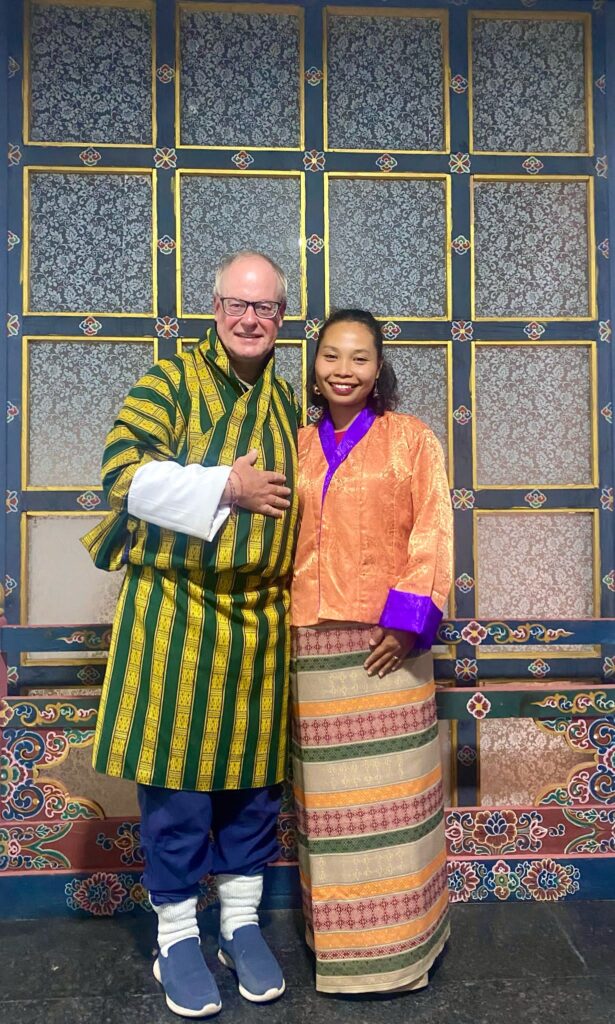
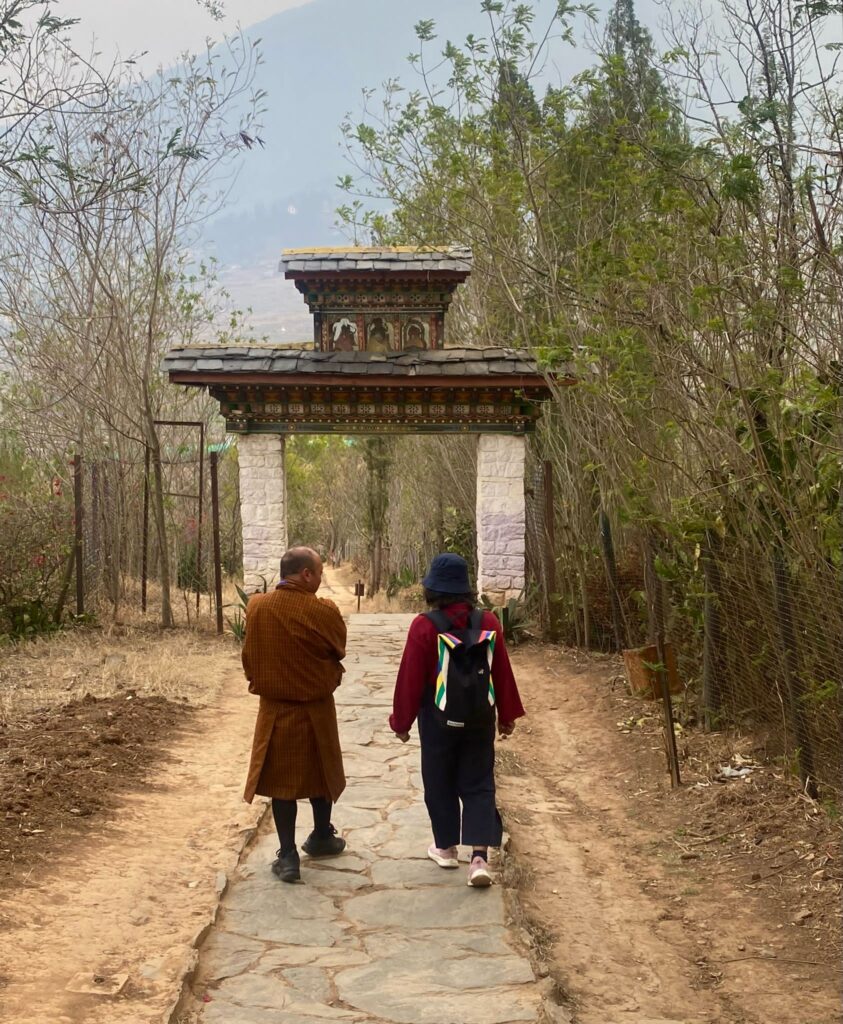

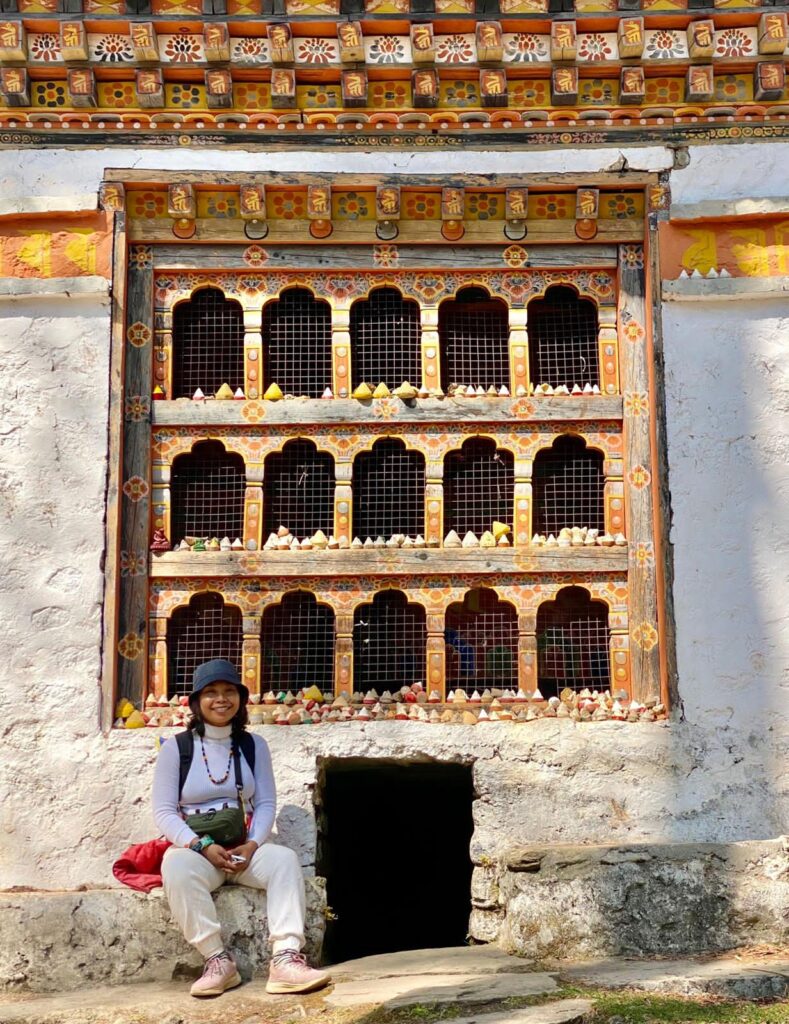
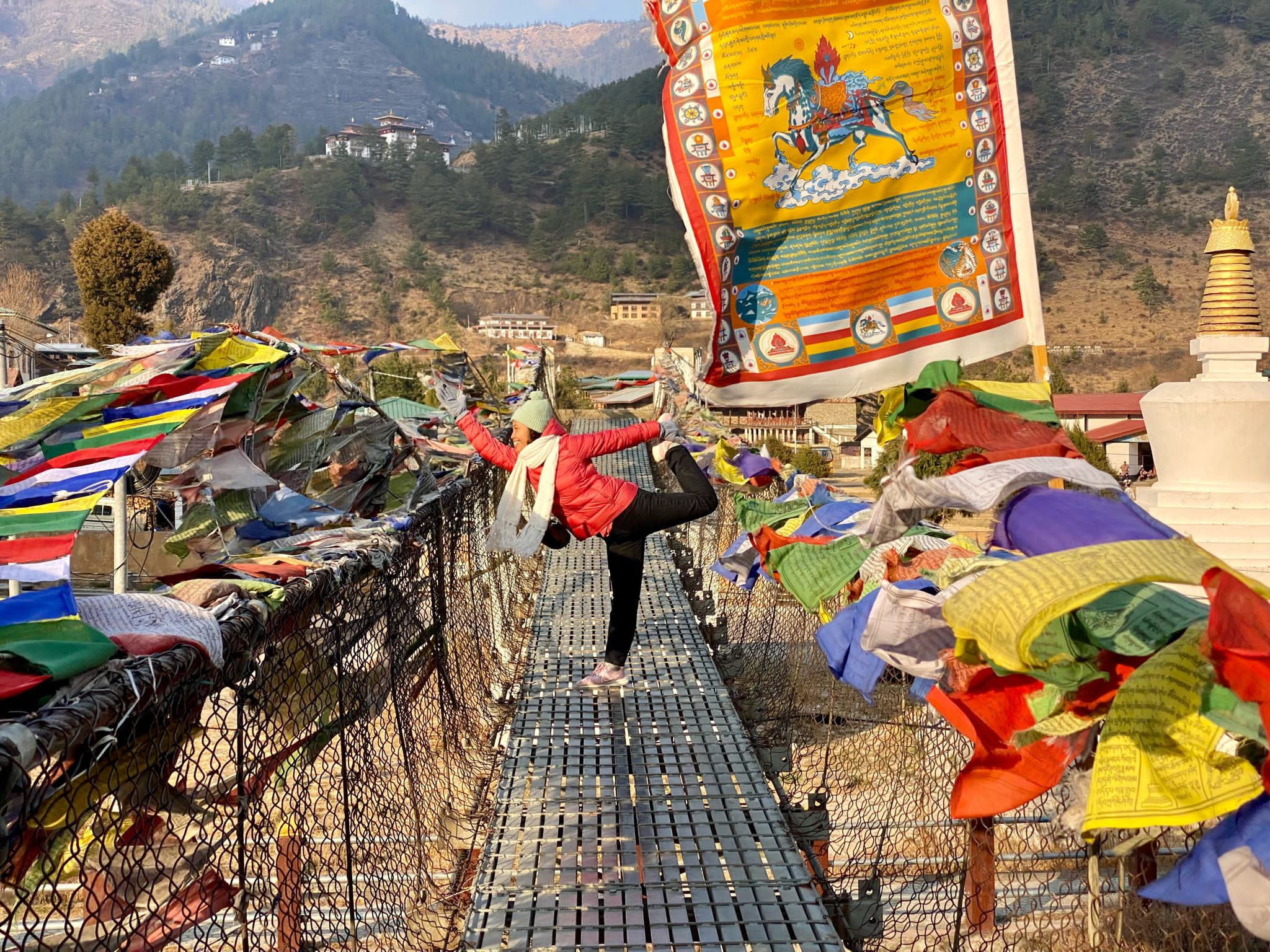
Leave a Reply
You must be logged in to post a comment.